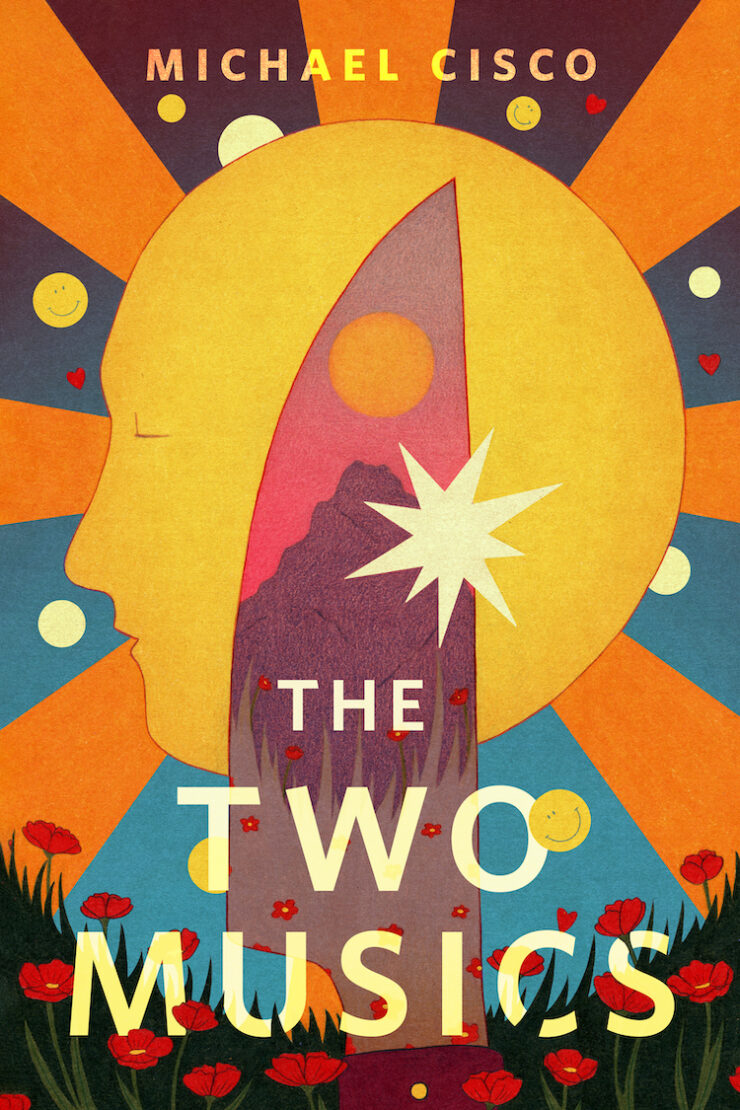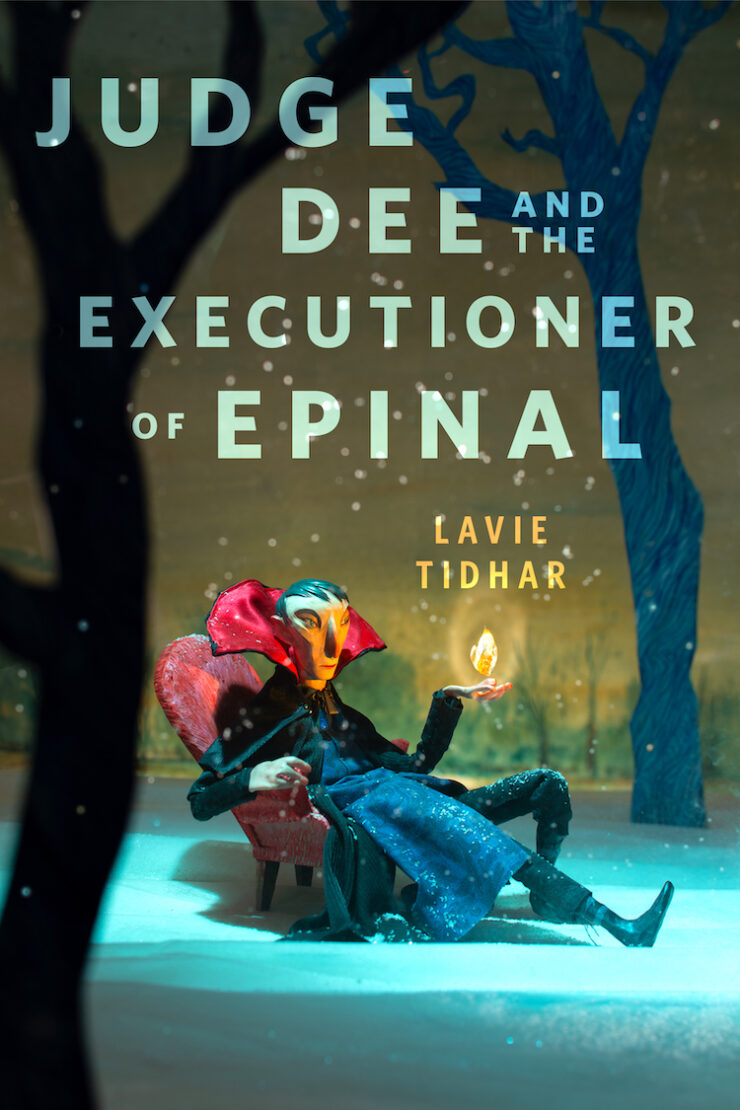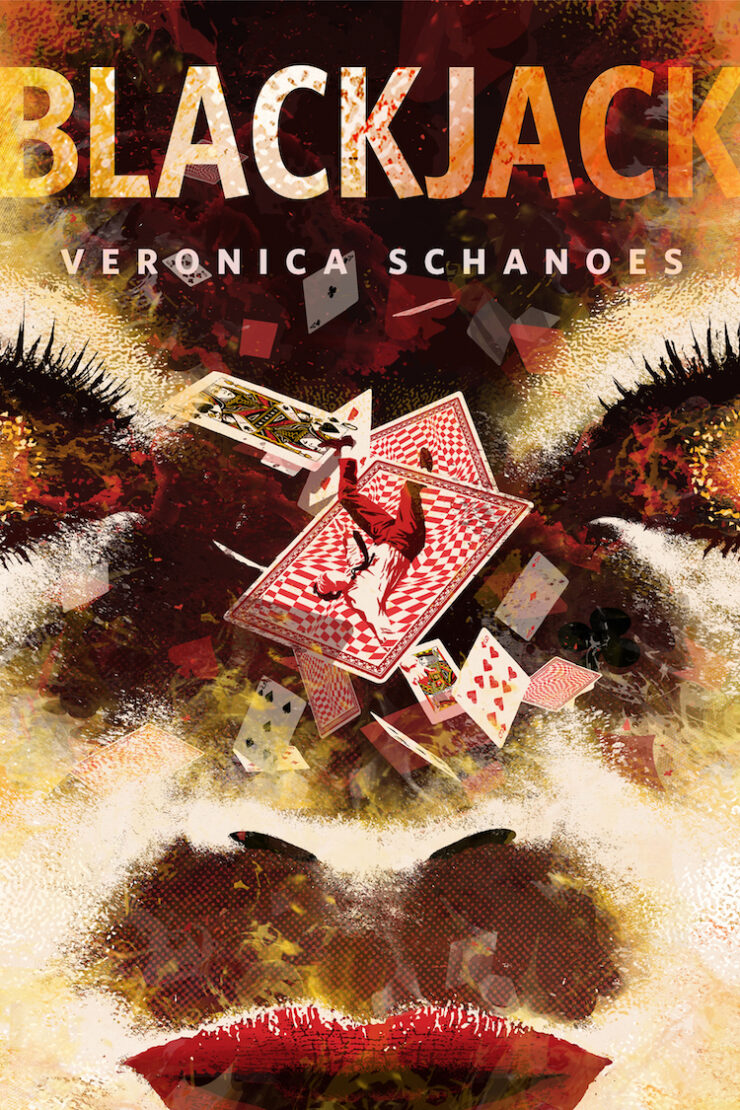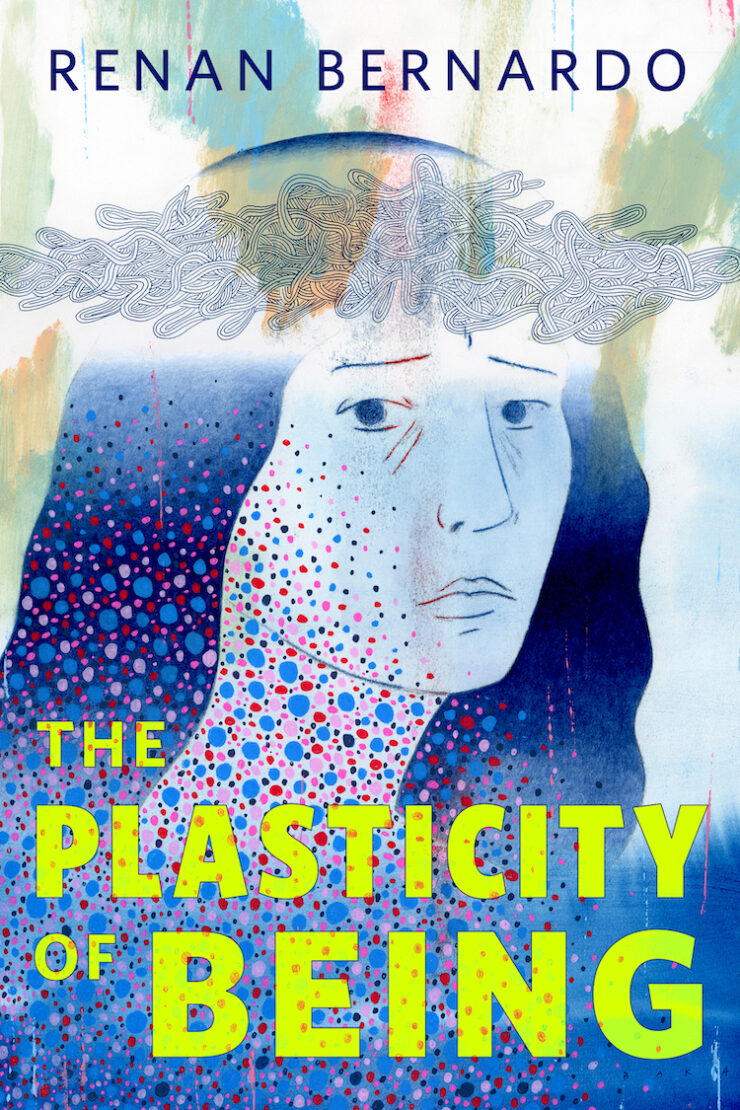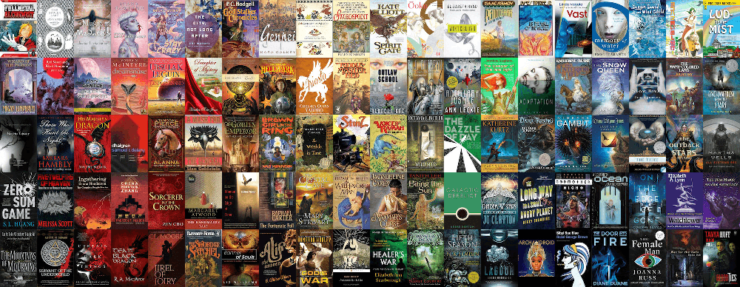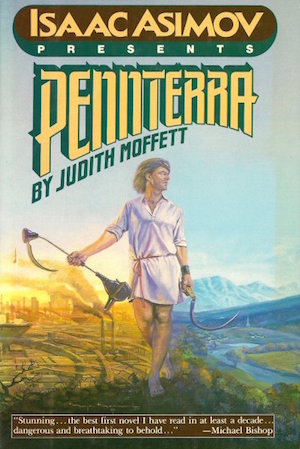Last year, I was so inspired by the various Best Of, Must Read, Smashing Science Fiction and Fantasy lists I encountered around the net that I decided to make my own book list, books chosen entirely on the basis of merit and significance to the field . People enjoyed the first list so much that I perpetrated sequels. I posted a number of lists, each twenty books long, each selected entirely on the basis of merit and significance to the field (ahem). Here, at last, the quintessence of Nicoll lists, comprising the books I would most heartily recommend. Each entry is annotated with a short description that I hope will explain why I picked it.
I am not implying that these are the only one hundred you should consider reading .
You may not know all of these. Congratulations! You are one of today’s lucky ten thousand. I will never again be able to read any of these for the first time… but you can!
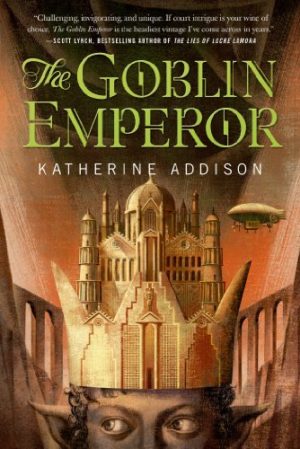
The Goblin Emperor by Katherine Addison (2014)
The story of a despised, abused person handed vast power, it demonstrates that one can choose not to be a monster.
Buy the Book


The Goblin Emperor
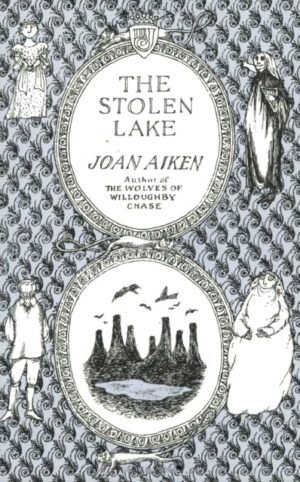
The Stolen Lake by Joan Aiken (1981)
An amusing YA alternate-Arthurian adventure, featuring plucky leads.
Buy the Book


The Stolen Lake
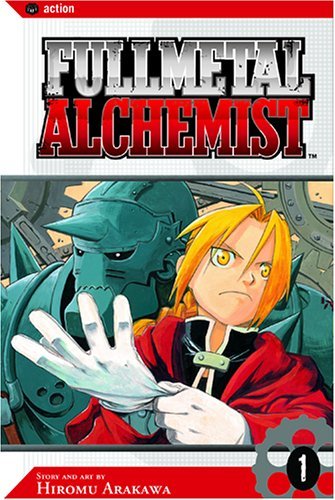
Fullmetal Alchemist by Hiromu Arakawa (2001-2010)
An intricately plotted manga about the temptations of power.
Buy the Book


Fullmetal Alchemist
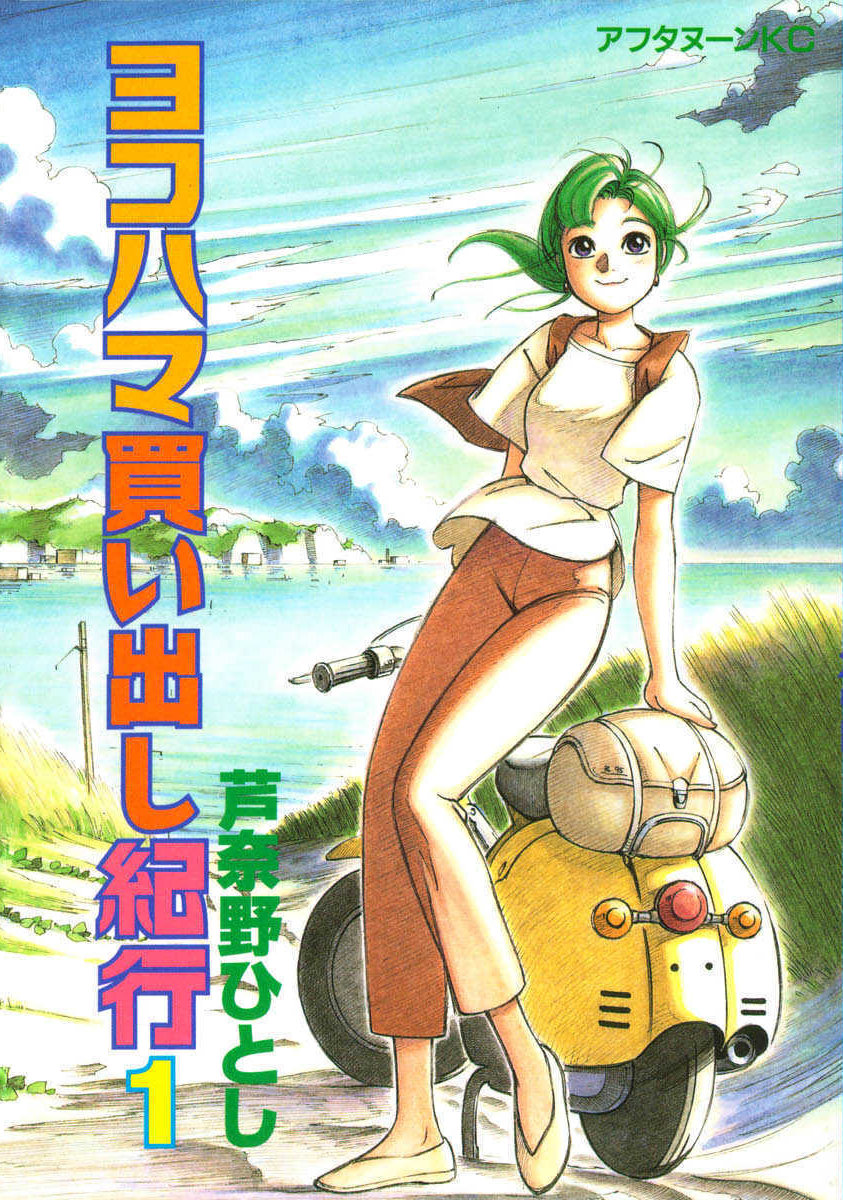
Yokohama Kaidashi Kikō by Hitoshi Ashinano (1994-2006)
A tranquil after-the-end slice-of-life manga, a story in which the apocalypse is as relaxing as a sunset.
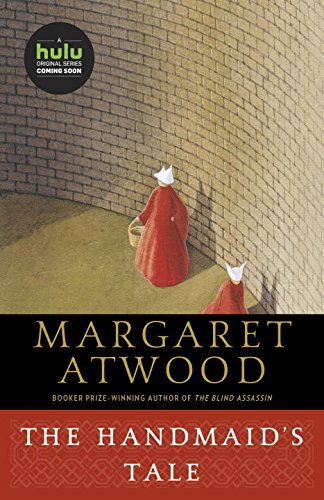
The Handmaid’s Tale by Margaret Atwood (1985)
Because it’s not wrong to be angry about injustice and reading about fictional injustice can draw one’s attention to its real world inspirations.
Buy the Book


The Handmaid’s Tale
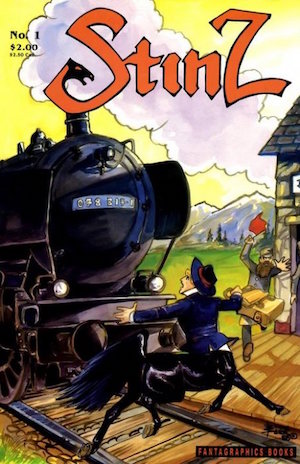
Stinz: Charger: The War Stories by Donna Barr (1987)
Perhaps the finest military fantasy about a Germanic centaur in a quasi-WWI setting ever.
Buy the Book


Stinz: Charger: The War Stories
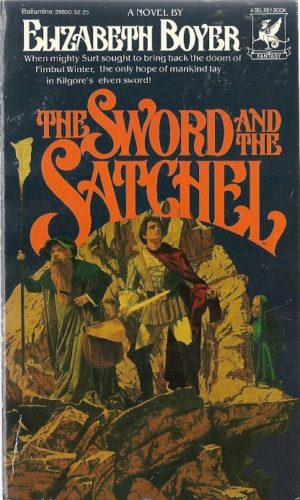
The Sword and the Satchel by Elizabeth Boyer (1980)
A quest fantasy about a hapless hero’s effort to kill that which is unkillable. Who doesn’t like seemingly hopeless quests?
Buy the Book


The Sword and the Satchel
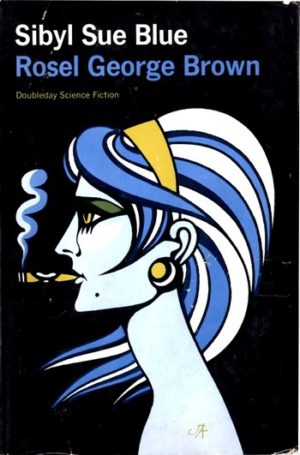
Galactic Sibyl Sue Blue by Rosel George Brown (1968)
When this was published in the 1960s, women protagonists who were two-fisted space detectives were extremely rare; this is one of the few examples.
Buy the Book


Galactic Sibyl Sue Blue
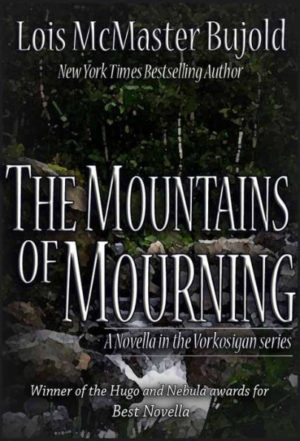
The Mountains of Mourning by Lois McMaster Bujold (1989)
A murder mystery set in a backwater county on a backwater world, this is the story that convinced me to be a Lois McMaster Bujold completist.
Buy the Book


The Mountains of Mourning
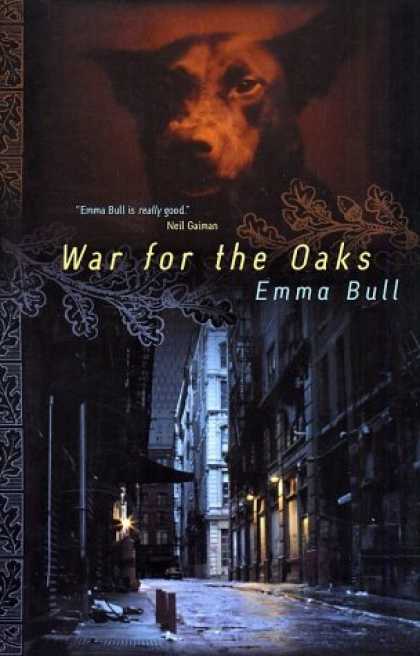
War for the Oaks by Emma Bull (1987)
A musician finds herself entangled in the affairs of the Fair Folk in the modern world. Well, olden times now, but thirty years ago the 1980s were the modern world. At the time, urban fantasy and paranormal romance had not crystalized; I believe this is one of the seeds around which the genre accreted.
Buy the Book


War for the Oaks
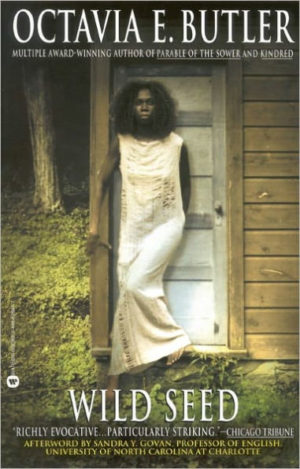
Wild Seed by Octavia E. Butler (1980)
The most polished of Butler’s Patternist books, the book that convinced me to buy everything Butler wrote.
Buy the Book


Wild Seed
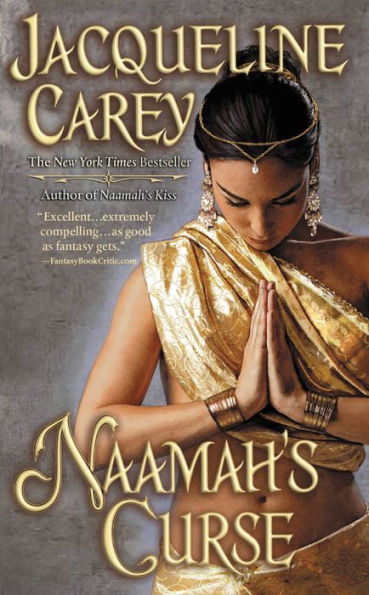
Naamah’s Curse by Jacqueline Carey (2010)
This book is built around a laundry-list of fantasy tropes I hate (don’t get me started on fantasy Celts) and yet, and yet… I could not put it down. I am convinced that if only I read enough of Carey books, I will somehow escape their spell.
Buy the Book


Naamah’s Curse
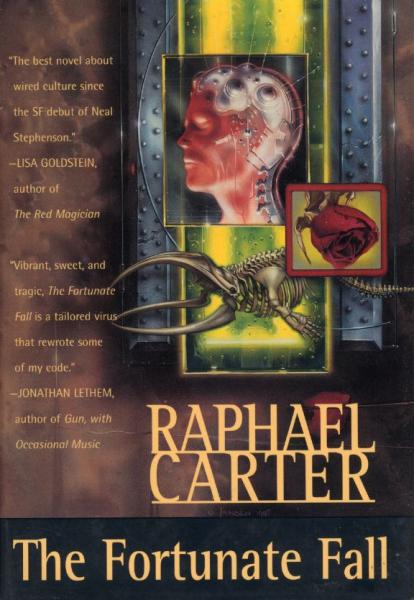
The Fortunate Fall by Raphael Carter (1996)
A remarkable example of mid-1990s post-cyberpunk.
Buy the Book


The Fortunate Fall
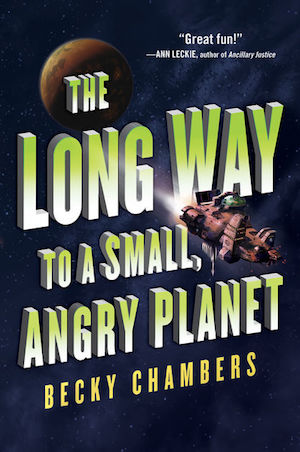
The Long Way to a Small, Angry Planet by Becky Chambers (2015)
Because sometimes one needs to read about a diverse crew of people forming a found family.
Buy the Book


The Long Way to a Small, Angry Planet
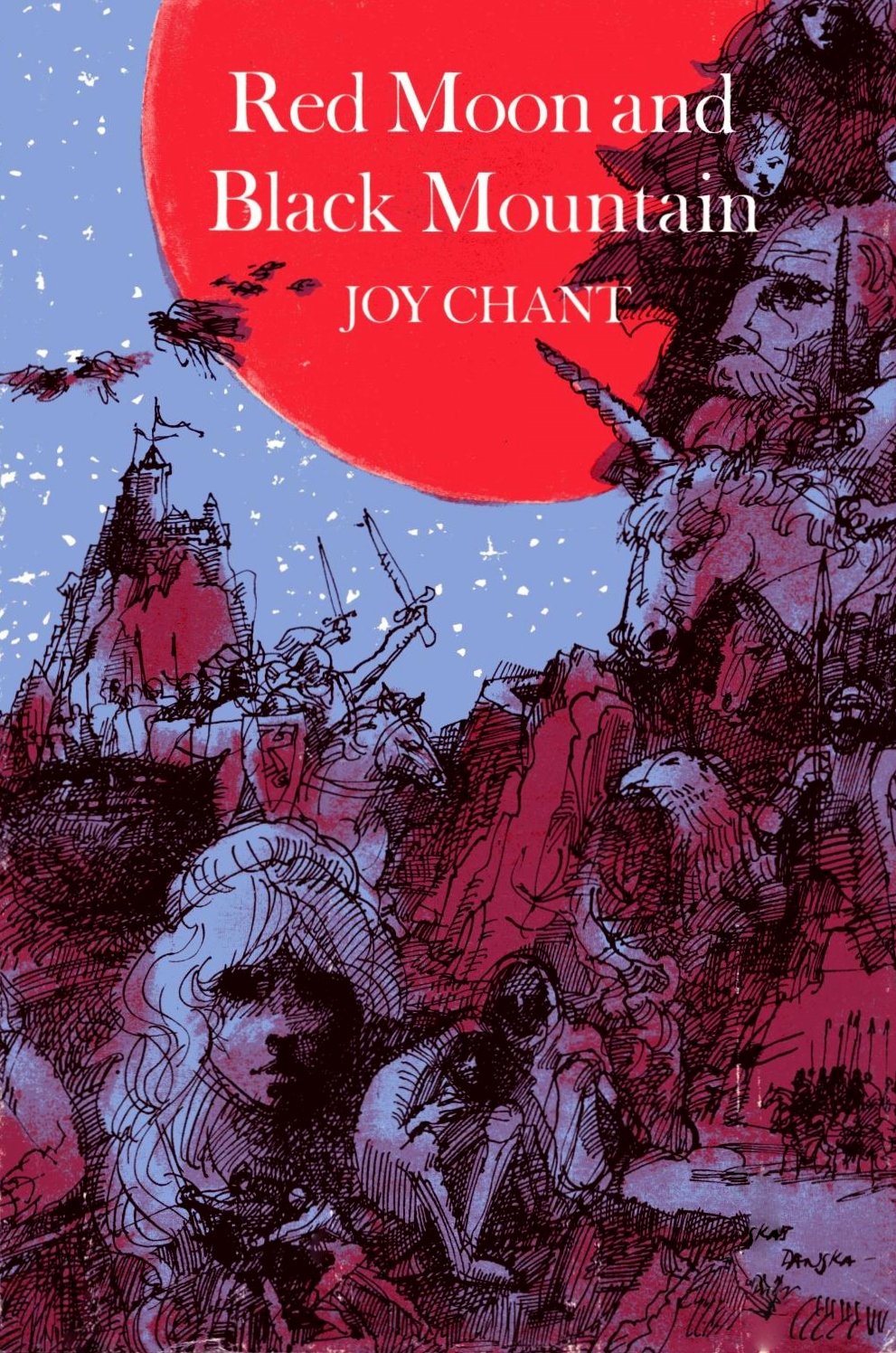
Red Moon and Black Mountain by Joy Chant (1970)
A Disco-era quest fantasy invoking elements of Lord of the Rings and Narnia, this high fantasy novel predates the later tsunami of commercial fantasy. I missed it at the time. Having finally read it, I am pretty sure it influenced later authors like Eddings and Feist…
Buy the Book


Red Moon and Black Mountain
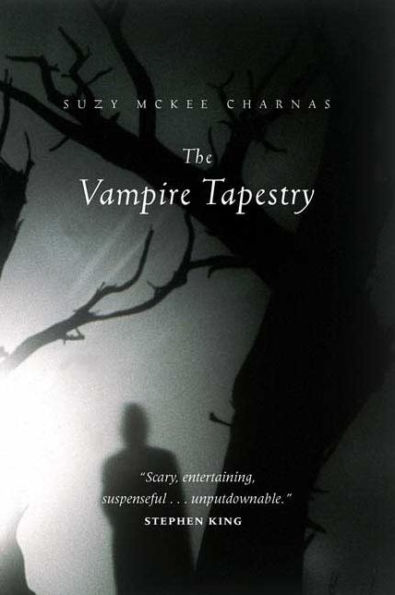
The Vampire Tapestry by Suzy McKee Charnas (1980)
To modern readers, this fix-up might seem to fit nicely into urban fantasy, but not only is its take on vampires more of an SFnal one, Charnas’ novel predates modern urban fantasy by decades.
Buy the Book


The Vampire Tapestry
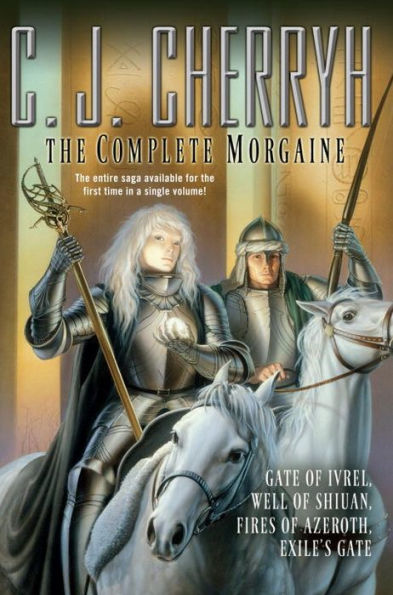
Gate of Ivrel by C.J. Cherryh (1976)
This was not the first Cherryh I ever read, but it was the first Cherryh I read that I actually enjoyed. It stands as an engaging example of early DAW publications (although hardly the only one on this list).
Buy the Book


Gate of Ivrel
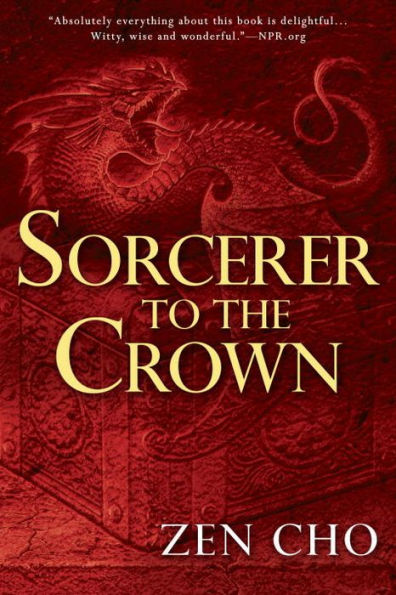
Sorcerer to the Crown by Zen Cho (2015)
People from all around the globe have come to Britain for centuries and millennia; there’s no reason to think its population of sorcerers would not reflect this. But what would be the reaction to a black Sorcerer Royal?
Buy the Book


Sorcerer to the Crown
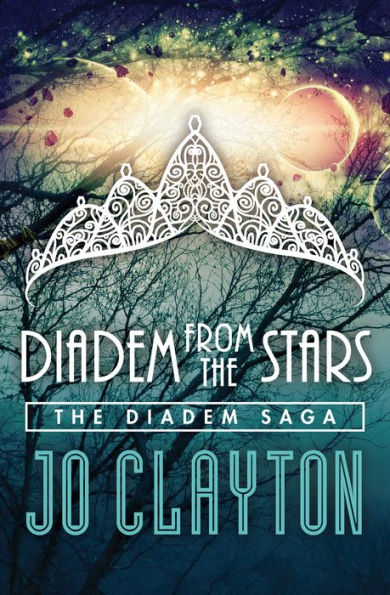
Diadem from the Stars by Jo Clayton (1977)
Another classic from DAW, this interstellar adventure underlines an important moral principle: never don a powerful alien artifact without being sure you can remove it.
Buy the Book


Diadem from the Stars
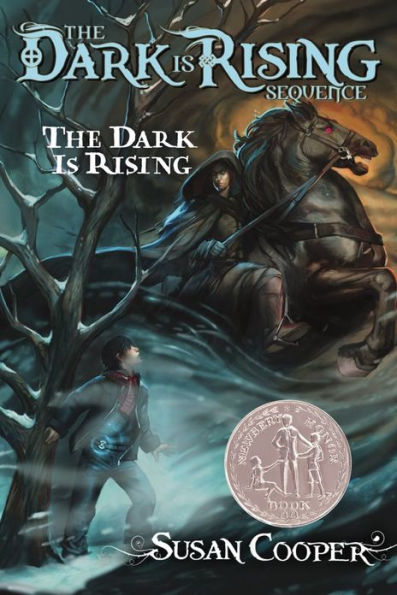
The Dark is Rising by Susan Cooper (1973)
Eleven-year-old Will Stanton might have preferred a bicycle for his birthday. What he got instead was a starring role in the war between Light and Dark.
Buy the Book


The Dark is Rising
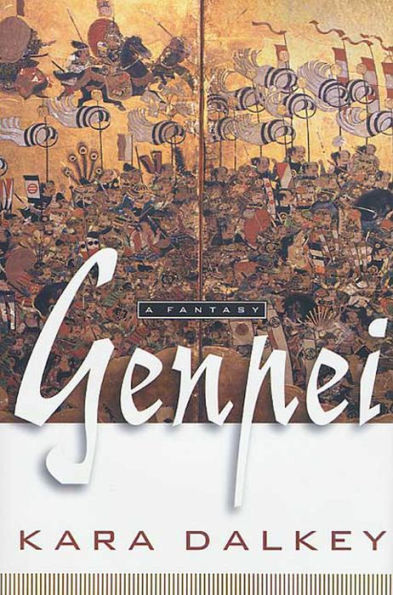
Genpei by Kara Dalkey (2000)
A modern-day retelling of Japanese history, exposing the occult secrets behind the Minamoto clan’s rise to power. Included because I don’t want to be criticized again for spoilers re: the end of the Heian Period.
Buy the Book


Genpei
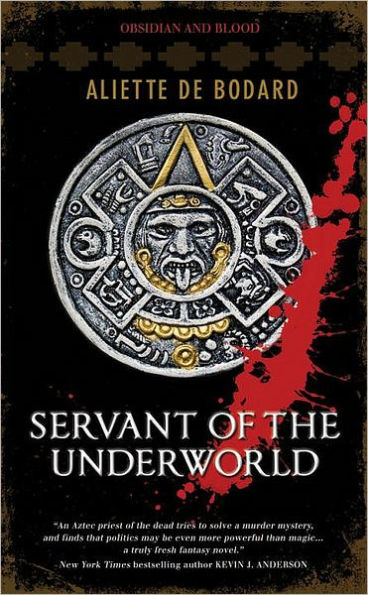
Servant of the Underworld by Aliette de Bodard (2010)
Aliette de Bodard’s Acatl has an advantage fellow crime-solving clerics like Father Brown and Brother Cadfael lack; Acatl serves the god of death—and unlike other pantheons, the Aztec gods are more than happy to share what they know with mortals. Not that this is necessarily a good thing.
Buy the Book


Servant of the Underworld
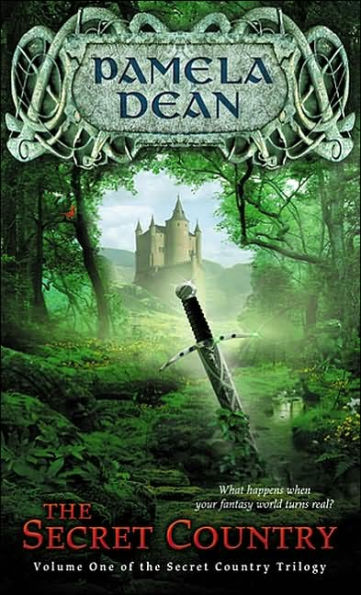
The Secret Country by Pamela Dean (1985)
I suspect describing this book as “imagine a better-written Narnia whose author is not an annoying god-botherer” is not the way to go here, and yet…
Buy the Book


The Secret Country
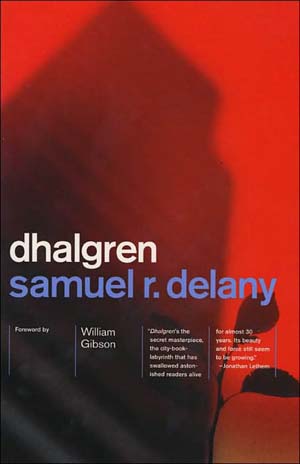
Dhalgren by Samuel R. Delany (1975)
It’s important to acknowledge SF’s crowd-pleasers along with its more ambitious works. Dhalgren is just such a crowd-pleaser. The inexplicably transformed city Bellona has enthralled readers for decades; the Bantam edition alone went through nineteen printings, with sales of over a million copies. [One of my advance readers asked at this point: “But how many of the people who bought it finished reading this doorstop? I didn’t.”]
Buy the Book


Dhalgren
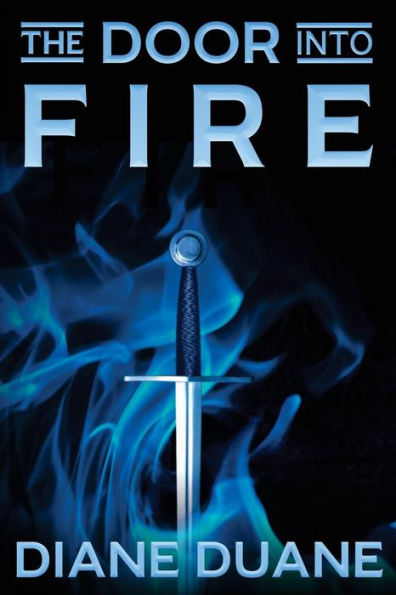
The Door into Fire by Diane Duane (1979)
These days, of course, many people are familiar with polyamorous reationships, but in the 1970s, Duane’s secondary universe adventure was eye-opening.
Buy the Book


The Door into Fire
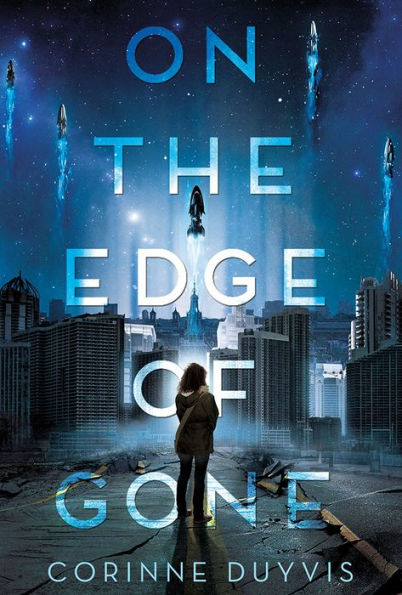
On the Edge of Gone by Corinne Duyvis (2016)
Another end-of-the-world story, one told from the perspective of someone who didn’t qualify for one of the few starships fleeing doomed Earth. SF generally takes an unsympathetic view of non-elites; this book is an exception.
Buy the Book


On the Edge of Gone
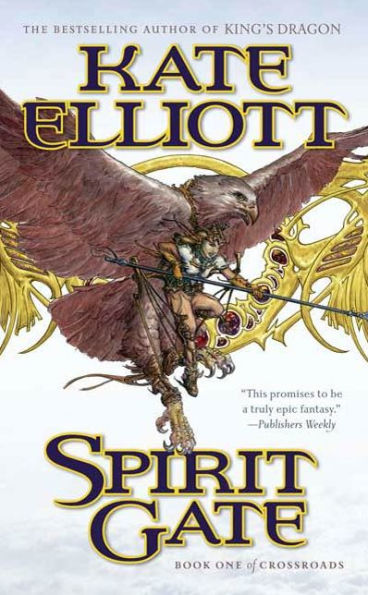
Spirit Gate by Kate Elliott (2006)
Excellent proof that authors can write vast, ambitious fantasies without losing control of their plot. Or missing release dates.
Buy the Book


Spirit Gate
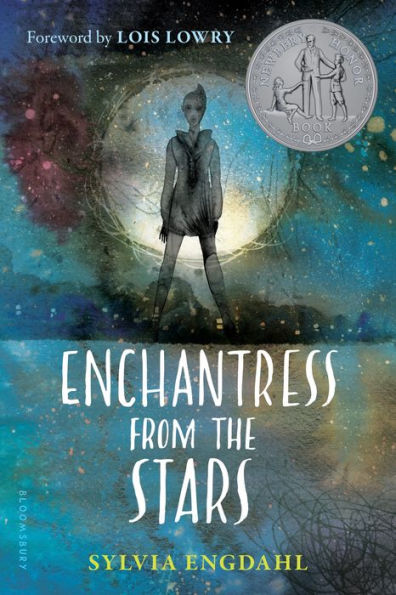
Enchantress From the Stars by Sylvia Louise Engdahl (1970)
A Disco-era anthropological quest gone wrong, Engdahl’s book manages to combine grim adventure with a rather touching faith in human potential.
Buy the Book


Enchantress From the Stars
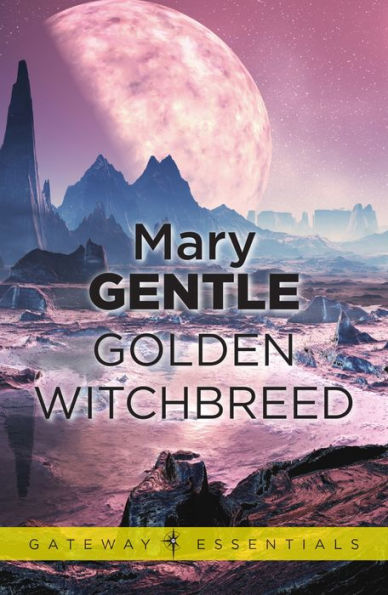
Golden Witchbreed by Mary Gentle (1983)
Another anthropological adventure, this book has considerably less faith in the essential goodness of humanity or humanoids. It’s still enthralling (although readers are advised not to read the sequel).
Buy the Book


Golden Witchbreed
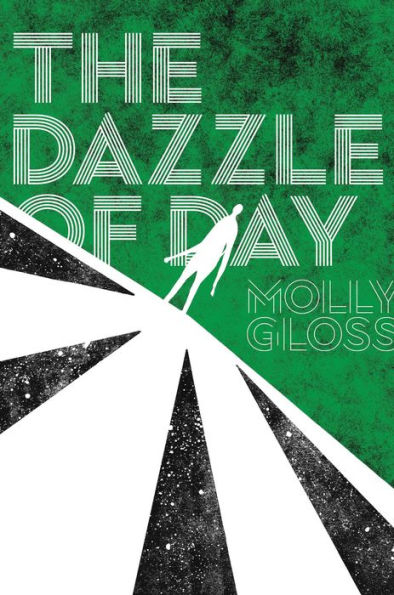
The Dazzle of Day by Molly Gloss (1997)
This generation-ship tale chooses an unthinkable course of action: what if the people on a starship were fundamentally reasonable people with time-tested methods of non-violently resolving conflict?
Buy the Book


The Dazzle of Day
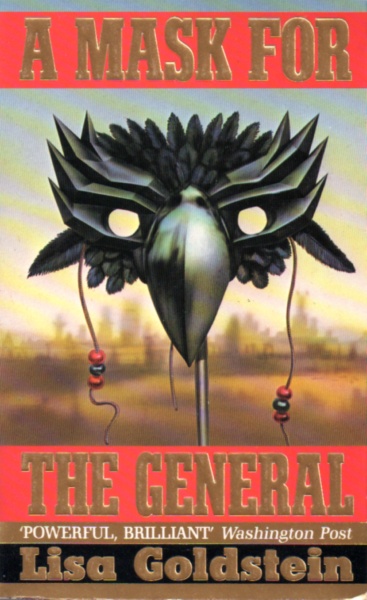
A Mask for the General by Lisa Goldstein (1987)
For some reason, a novel about the struggle by artists to liberate the US from a two-bit dictator seems peculiarly timely.
Buy the Book


A Mask for the General
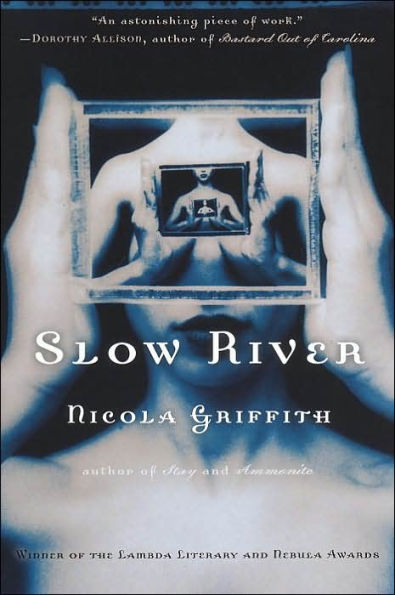
Slow River by Nicola Griffith (1995)
Although the protagonist comes from money, circumstance lands her in a blue-collar job. It’s an exception to the general rule that certain jobs are either ignored in SF or treated as comic relief.
Buy the Book


Slow River
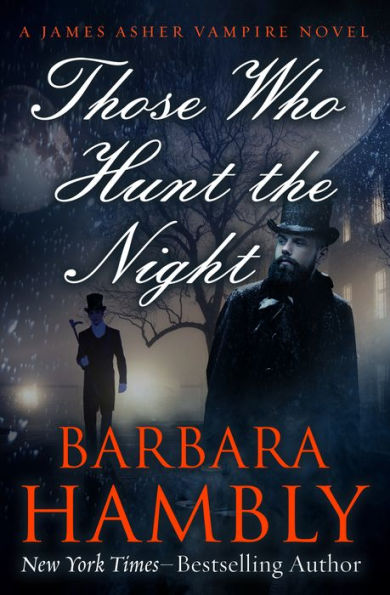
Those Who Hunt the Night by Barbara Hambly (1988)
Predating modern urban fantasy and paranormal romance, this novel both foreshadows and subverts those genre conventions. Set in Victorian England, this is a tale of a human drafted to catch the party murdering England’s vampires—or suffer the consequences of failure himself.
Buy the Book


Those Who Hunt the Night
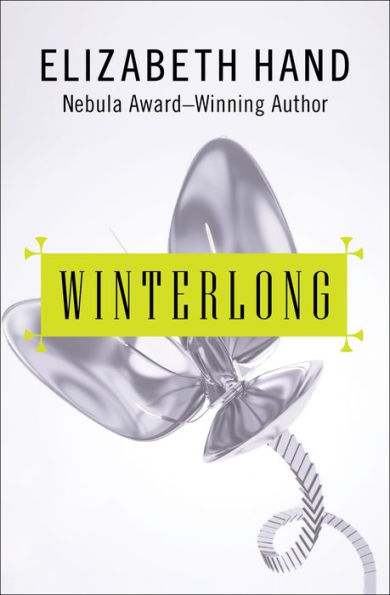
Winterlong by Elizabeth Hand (1990)
The first in a trilogy, this novel is a grim adventure in a fallen, poisoned America whose elites have abandoned any pretense of seeing other people as anything but expendable resources.
Buy the Book


Winterlong
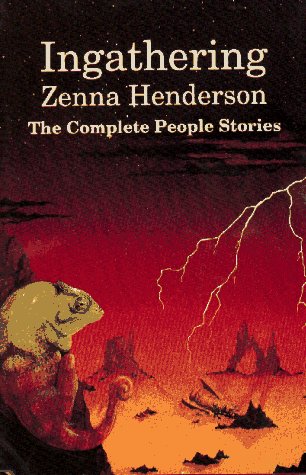
Ingathering by Zenna Henderson (1995)
All of Henderson’s gentle, life-affirming tales of the People, interstellar refugees making new lives on Earth. A NESFA collection.
Buy the Book


Ingathering
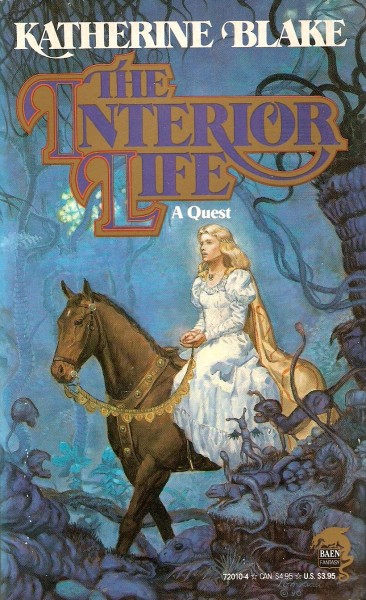
The Interior Life by Dorothy Heydt (writing as Katherine Blake, 1990)
Heydt’s domestic fantasy skillfully blends the utterly mundane concerns of an American housewife with a secondary fantasy realm’s existential struggle for survival.
Buy the Book


The Interior Life
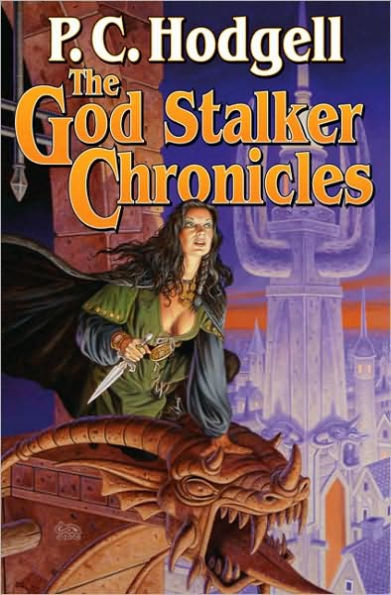
God Stalk by P. C. Hodgell (1982)
In part one of an eight-book (so far) series, an amnesiac girl of a people with a troubled history with their god wanders into the city of gods. Originally from Ace, this cult classic was kept alive by word of mouth and a succession of doomed publishers.
Buy the Book


God Stalk
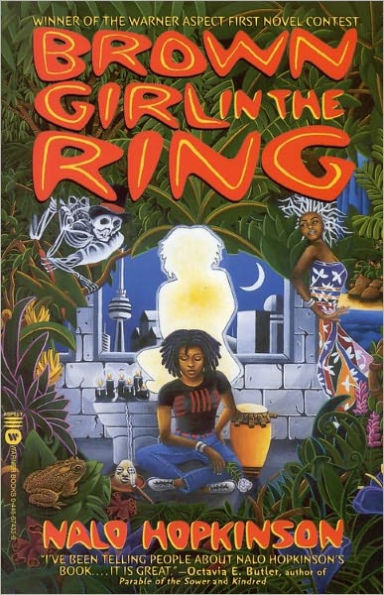
Brown Girl in the Ring by Nalo Hopkinson (1998)
Hopkinson’s impressive debut, this imbues a dystopic Toronto (an otherwise unremarkable city in Canada) with fantastic elements.
Buy the Book


Brown Girl in the Ring
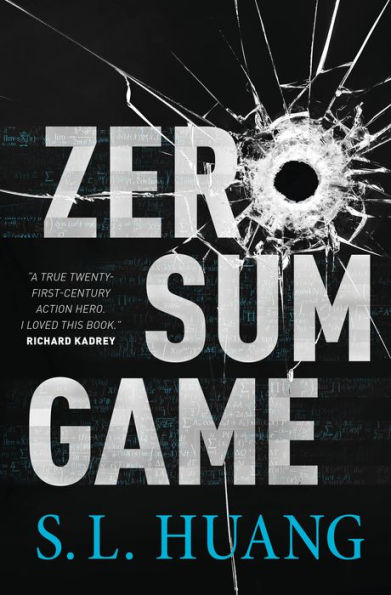
Zero Sum Game by S.L. Huang (2014)
Cas Russell is a mathematical prodigy. She fights crime. Well, commits crimes…but is there so much difference between superhero and supervillain when there are worse monsters lurking in the shadows?
Buy the Book


Zero Sum Game
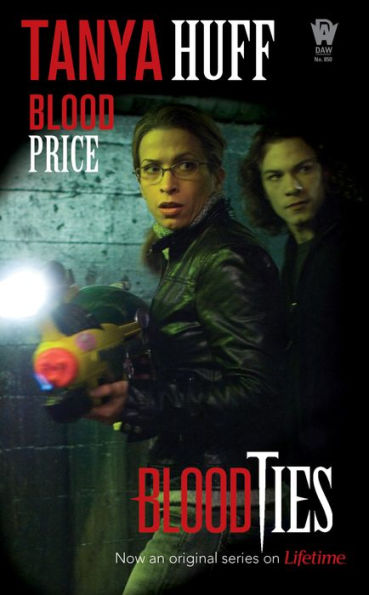
Blood Price by Tanya Huff (1991)
Yet another example of how the roots of urban fantasy run much farther back than the 2000s. Medically retired police detective Vicki Nelson is dragged into Toronto’s supernatural world.
Buy the Book


Blood Price
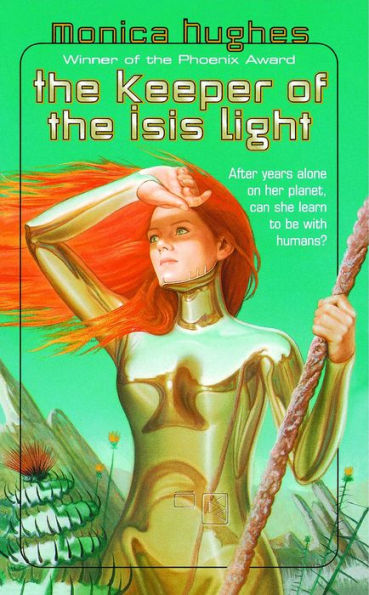
The Keeper of the Isis Light by Monica Hughes (1980)
A girl raised in solitude by her guardian struggles to coexist with colonists who suddenly descend on her isolated, hostile world.
Buy the Book


The Keeper of the Isis Light
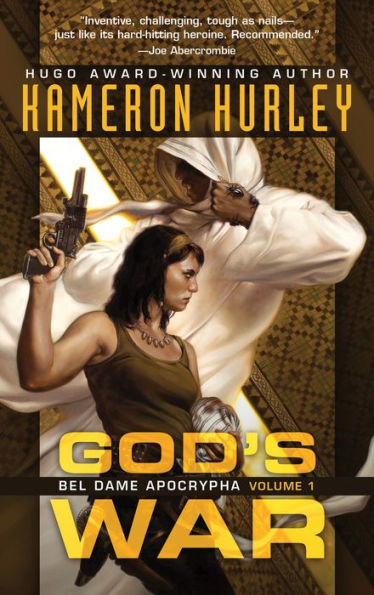
God’s War by Kameron Hurley (2011)
Military SF fans may enjoy this ultraviolent tale of a semi-retired killer on a poisoned, war-torn world—a woman whose desire for employment trumps her ability to do due diligence about the nature of the job.
Buy the Book


God’s War
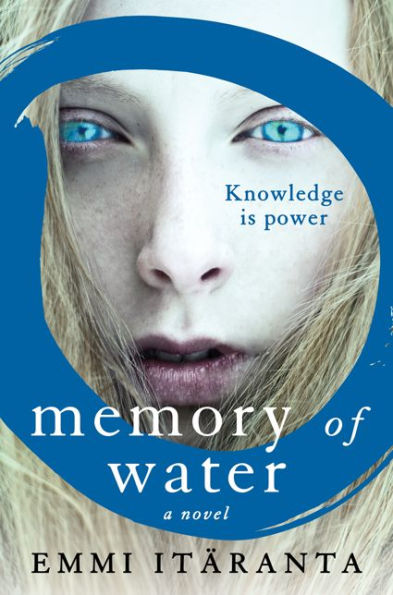
Memory of Water by Emmi Itäranta (2014)
The world state controls virtually every resource and yet, as the protagonist of this novel discovers, there is one freedom the government cannot control.
Buy the Book


Memory of Water
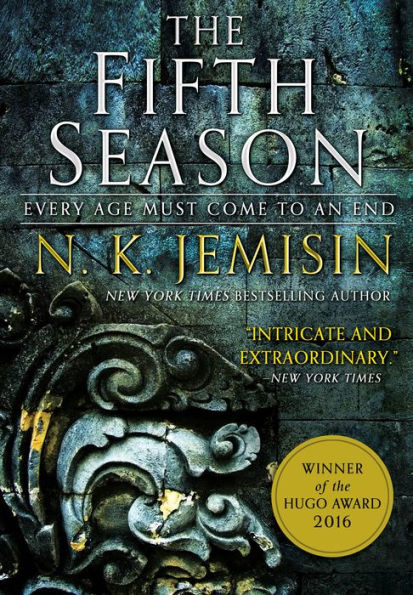
The Fifth Season by N. K. Jemisin (2015)
Why try to kill the world? Perhaps the proper question is: why refrain from ending all of the world’s injustices if it is within your power?
Buy the Book


The Fifth Season
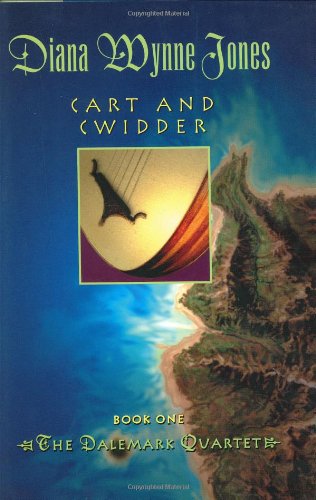
Cart and Cwidder by Diana Wynne Jones (1975)
There’s a man who leads a life of danger.
To everyone he meets he stays a stranger.
With every move he makes,
Another chance he takes.
Odds are he won’t live to see tomorrow.
…But his kids will, and it’s up to them to clean up the mess left by their father.
Buy the Book


Cart and Cwidder
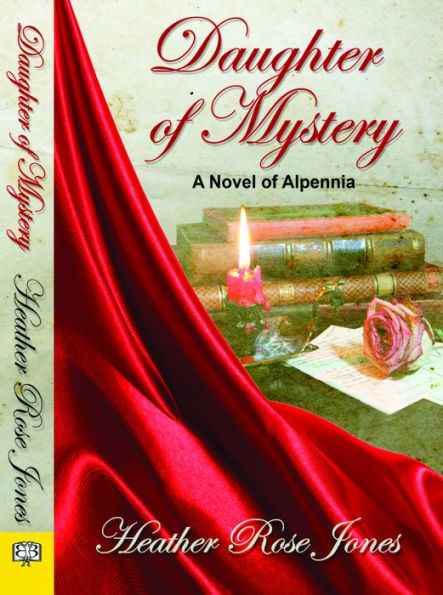
Daughter of Mystery by Heather Rose Jones (2014)
An unexpected fortune, an unrequested bodyguard, and a bitter enemy are only the beginning of this romantic adventure set in Ruritanian Alpennia.
Buy the Book


Daughter of Mystery
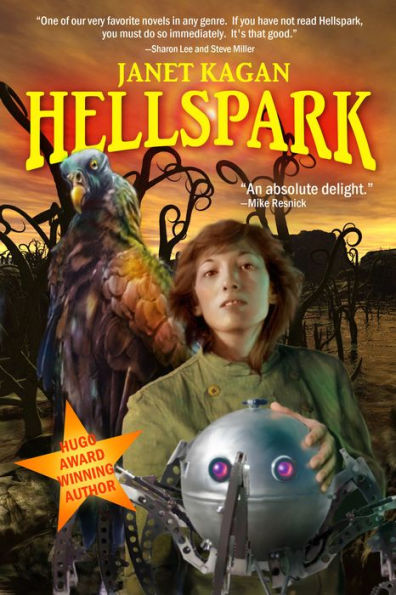
Hellspark by Janet Kagan (1988)
A far-future anthropological mystery. The characters have fun exploring the world around them.
Buy the Book


Hellspark
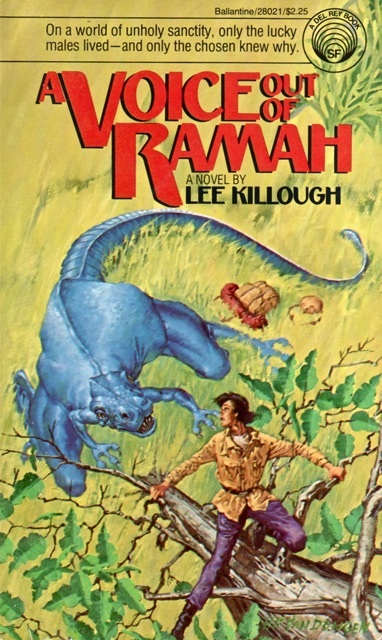
A Voice Out of Ramah by Lee Killough (1979)
The sudden arrival of offworlders offering contact with the rest of the galaxy exposes an isolated world’s darkest secret—not to the galaxy, but to the horrified inhabitants of the world itself.
Buy the Book


A Voice Out of Ramah
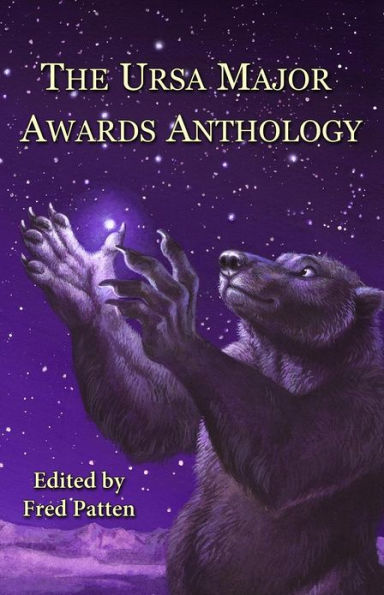
St Ailbe’s Hall by Naomi Kritzer (2004)
Of what use is the Church to uplifted animals? (Also available in Strange Horizons.)
Buy the Book


St Ailbe’s Hall
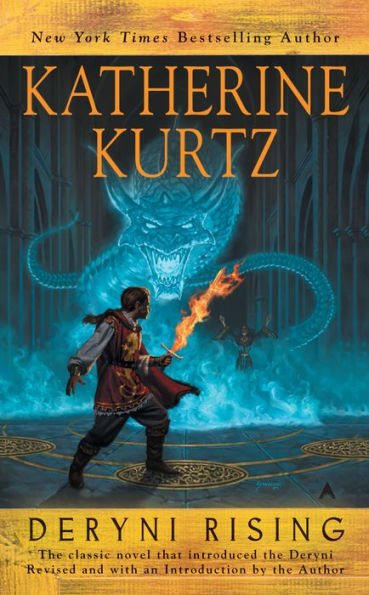
Deryni Rising by Katherine Kurtz (1970)
This popular Disco-era castle opera lives somewhere between fantasy and alternate history.
Buy the Book


Deryni Rising

Swordspoint by Ellen Kushner (1987)
A fantasy of manners, romance, and swordplay.
Buy the Book


Swordspoint
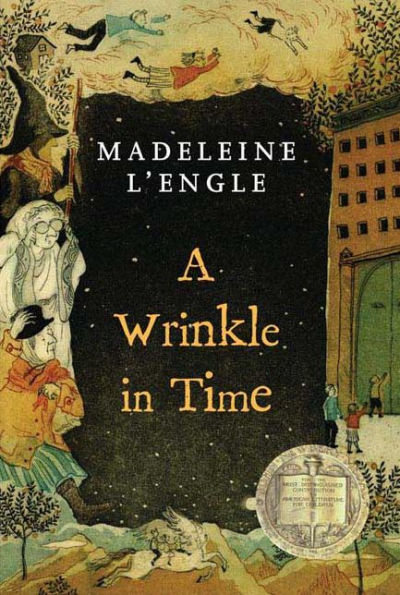
A Wrinkle in Time by Madeleine L’Engle (1962)
In general, I am indifferent to religious fantasy, but this tale of two siblings and a friend trying to rescue the siblings’ father after an experiment goes wrong is an exception.
Buy the Book


A Wrinkle in Time
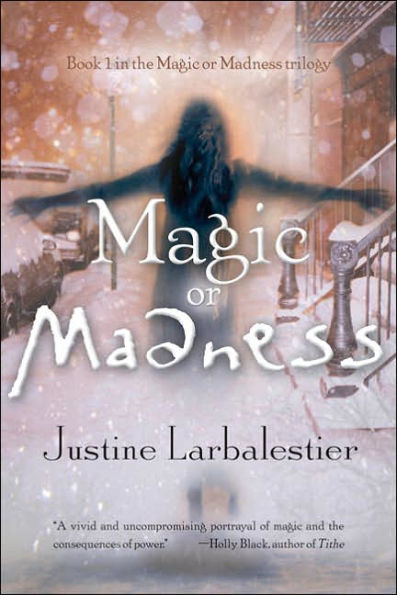
Magic or Madness by Justine Larbalestier (2005)
A young woman faces the choice that has confronted all the women in her family: power and death, or life and madness.
Buy the Book


Magic or Madness
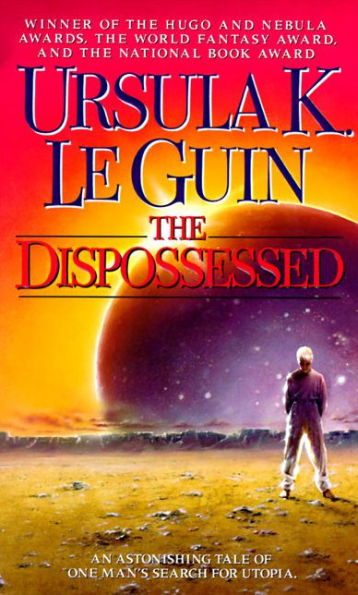
The Dispossessed by Ursula K. Le Guin (1974)
Intellectual ambition sends a brilliant physicist from his anarchist home to its capitalist neighbor world, in hopes that this world will accommodate his research. He discovers open access publishing.
Buy the Book


The Dispossessed
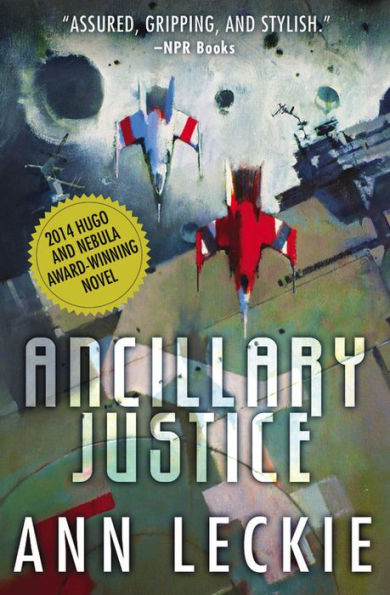
Ancillary Justice by Ann Leckie (2013)
This recent space opera tells of a survivor of a terrible crime and her quest for justice despite resistance from an autocratic, aristocratic system.
Buy the Book


Ancillary Justice
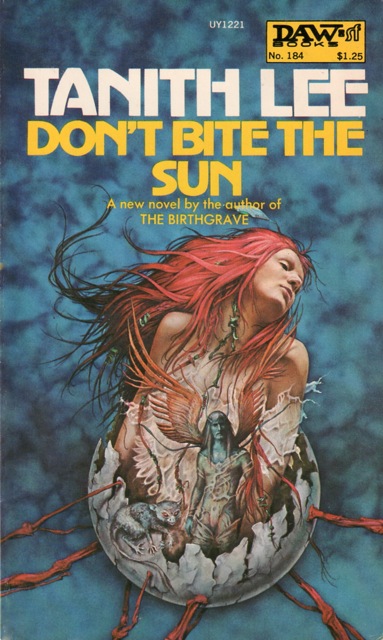
Don’t Bite the Sun by Tanith Lee
A quiet dystopic coming-of-age story, this classic explores a material utopia that will not accommodate an inhabitant who prefers a meaningful existence to pampered sloth.
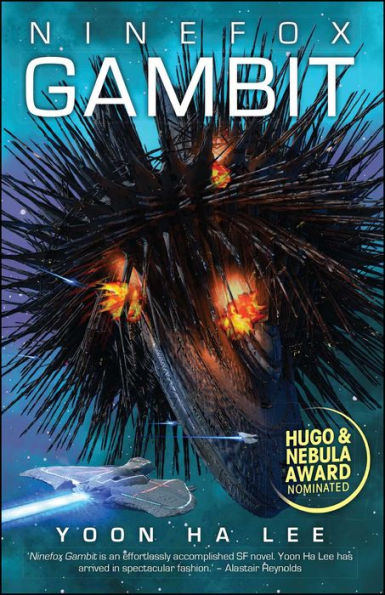
Ninefox Gambit by Yoon Ha Lee (2016)
Another modern space opera. Autocrats determined to hold onto power turn to the revenant of a military genius with a history of massacring his own. What could go wrong?
Buy the Book


Ninefox Gambit
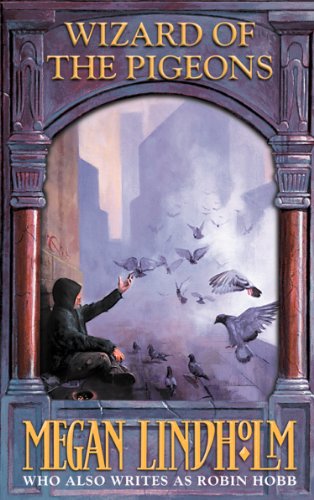
Wizard of the Pigeons by Megan Lindholm (1986)
Before she began writing as Robin Hobb, Lindholm penned this enthralling tale of a homeless wizard. He might be just another madman living on Seattle streets…or he could be the city’s most powerful sorcerer.
Buy the Book


Wizard of the Pigeons
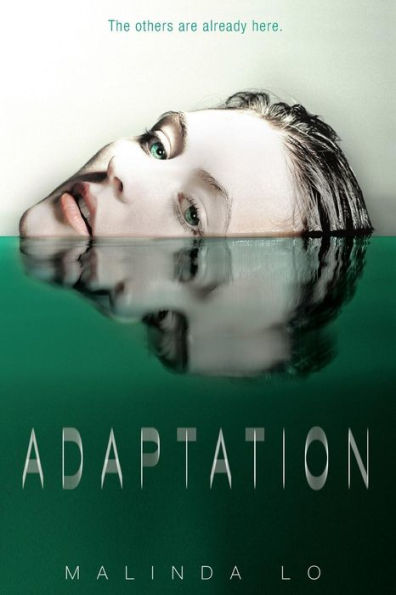
Adaptation by Malinda Lo (2012)
The protagonist’s life was complicated by the sudden realization that she’s bisexual; it’s further complicated by a mystery that, if solved, could change the world.
Buy the Book


Adaptation
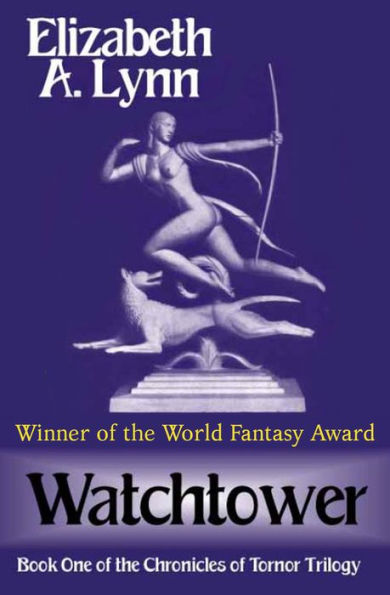
Watchtower by Elizabeth A. Lynn (1979)
His keep taken by a usurper, a surviving soldier makes uncomfortable accommodations with the invader in order to keep a young prince alive.
Buy the Book


Watchtower
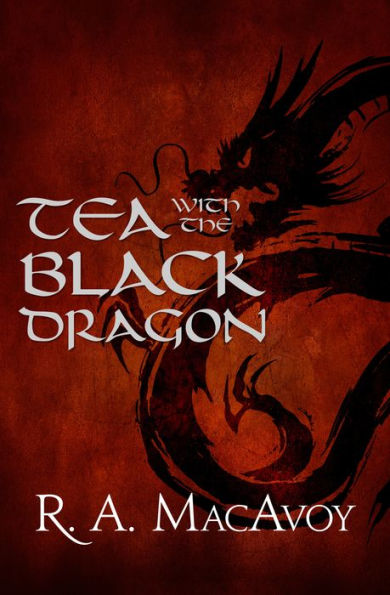
Tea with the Black Dragon by R. A. MacAvoy (1983)
She’s an older woman concerned about her daughter. He’s an ancient Chinese dragon. They fight crime.
Buy the Book


Tea with the Black Dragon
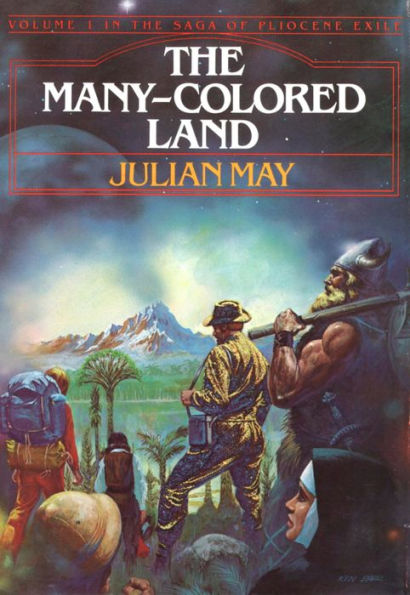
The Many-Colored Land by Julian May (1981)
For people uncomfortable in a galaxy-spanning future, the past seems like a safe haven. Of course, if it were, this retreat into the past would not have spawned one of the more popular series of the 1980s.
Buy the Book


The Many-Colored Land
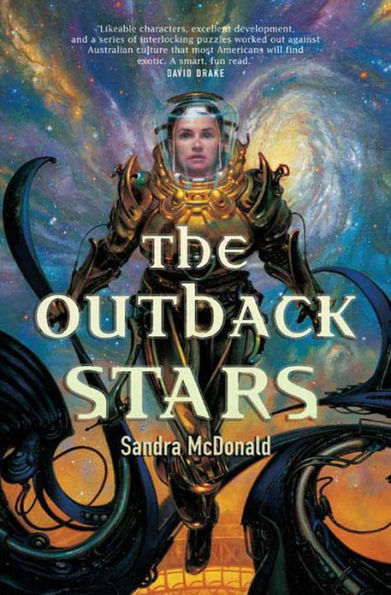
The Outback Stars by Sandra McDonald (2007)
I will be blunt: I read this for the military logistics. Other readers will enjoy the interstellar adventure.
Buy the Book


The Outback Stars
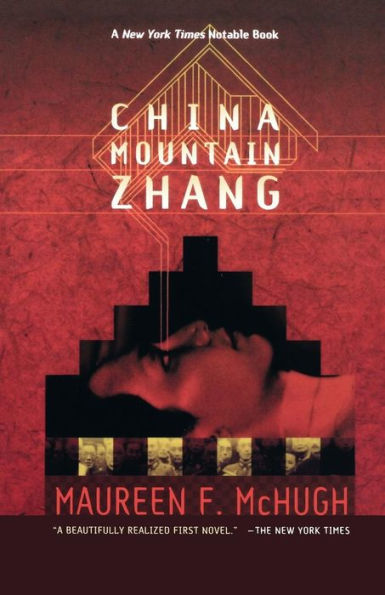
China Mountain Zhang by Maureen McHugh (1992)
Zhang struggles to make a good life for himself despite economic and social challenges. When this mosaic novel was written, the idea that the US would be reduced to a third-tier power was the stuff of speculative fiction.
Buy the Book


China Mountain Zhang
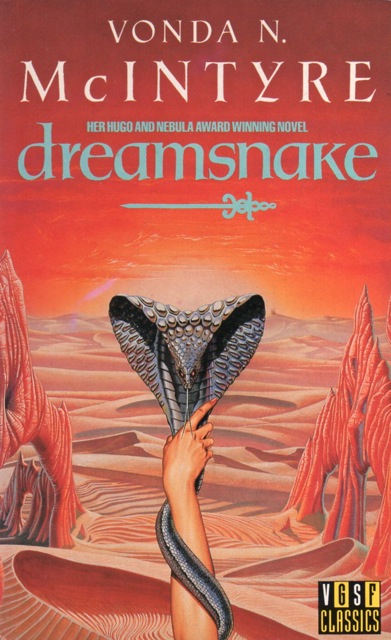
Dreamsnake by Vonda N. McIntyre (1978)
Many novels that build on a foundation of an award-winning novella are less interesting than the original work. McIntyre’s story about a healer wandering the burned-out Earth of tomorrow is an example of how one might brilliantly expand on a shorter narrative.
Buy the Book


Dreamsnake
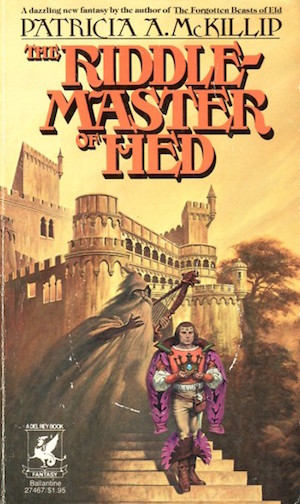
The Riddle-Master of Hed by Patricia A. McKillip (1976)
Morgan of Hed is a very humble prince indeed, bound to his role and his kingdom by magic. By rights, he should have had a rather dull life ruling a small and poor land. Instead, his skill at puzzles entangles him in a game whose rules he does not understand.
Buy the Book


The Riddle-Master of Hed
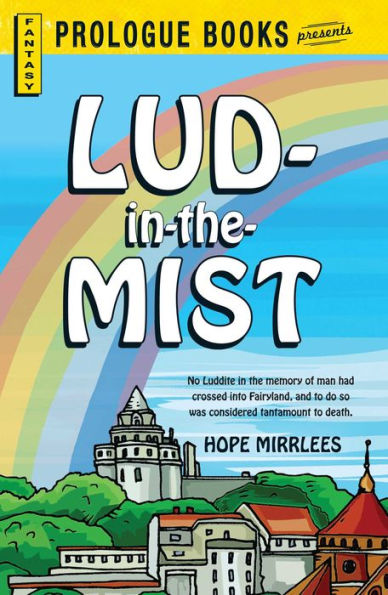
Lud-in-the-Mist by Hope Mirrlees (1926)
A beautiful gem of a fantasy novel, one written well before the tropes of commercial fantasy had solidified. Lud-in-the-Mist’s proudly mundane inhabitants thoroughly disapprove of Faerie, despite living in close proximity to it. Their mayor is forced most unwillingly to acknowledge the magic all around his town.
Buy the Book


Lud-in-the-Mist
Pennterra by Judith Moffett (1987)
Quaker settlers on an alien world come to terms with the rulers of their new home. Alas, the next wave of colonists are not Quakers and not willing to obey the local rules. They don’t stop to wonder why the rules might be necessary.
Buy the Book


Pennterra
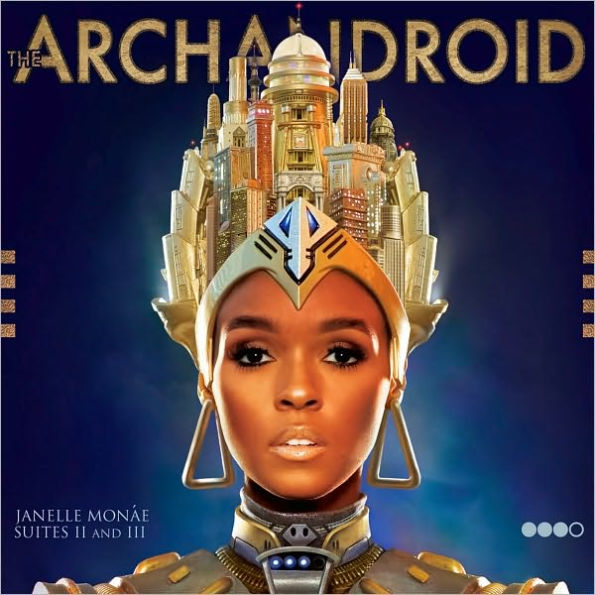
The ArchAndroid by Janelle Monáe (2010)
This musical piece explores the efforts of a time travelling android to free the people of the past from an era-spanning conspiracy. Part of a larger work by the talented musician, this is a reasonable starting place for those inexplicably unfamiliar with her work.
Buy the Book


The ArchAndroid
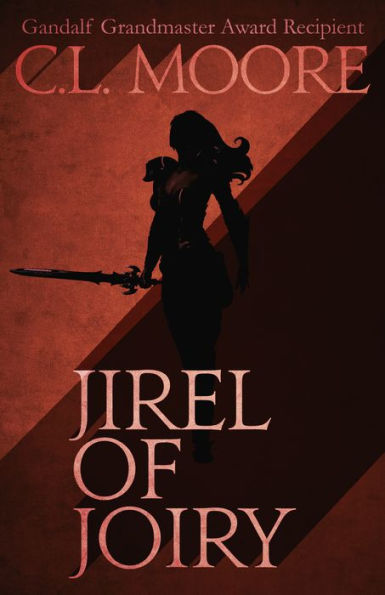
Jirel of Joiry by C. L. Moore (1969)
Six classic sword-and-sorcery stories featuring proud and unbending, cunning and brave Jirel, who defends her medieval hold against all would-be invaders: swordsmen, demons, and wizards from other worlds.
Buy the Book


Jirel of Joiry
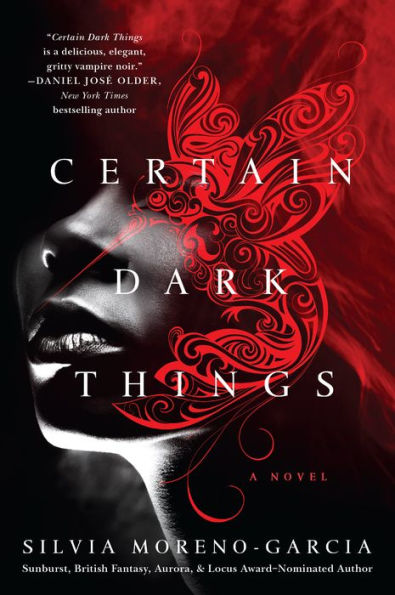
Certain Dark Things by Silvia Moreno-Garcia (2016)
A Mexico City street kid crosses the path of a desperate (and hungry) vampire on the run. By rights he should have been her next meal. Instead, he becomes entangled in a brutal war between native and invasive bloodsuckers.
Buy the Book


Certain Dark Things
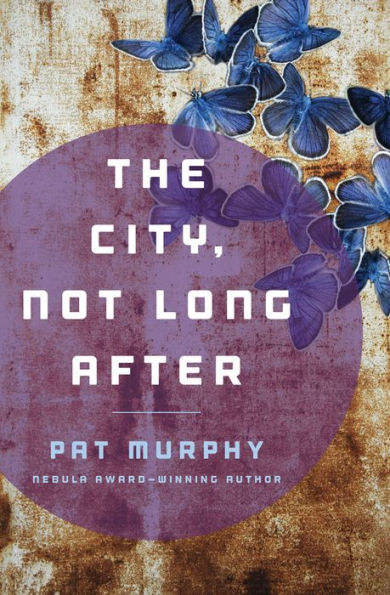
The City, Not Long After by Pat Murphy (1989)
Half a century after plague depopulated the world, a fanatic is bent on forcibly reuniting the US. The only roadblock in his way? San Francisco, seemingly helpless city of artists.
Buy the Book


The City, Not Long After
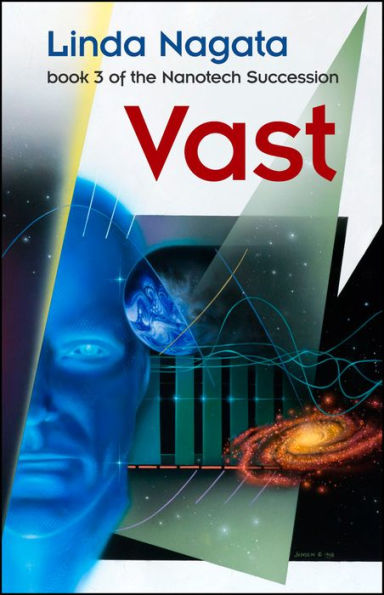
Vast by Linda Nagata (1998)
Starfarers travel through a realm littered with the all-too-functional relics of an ancient war.
Buy the Book


Vast
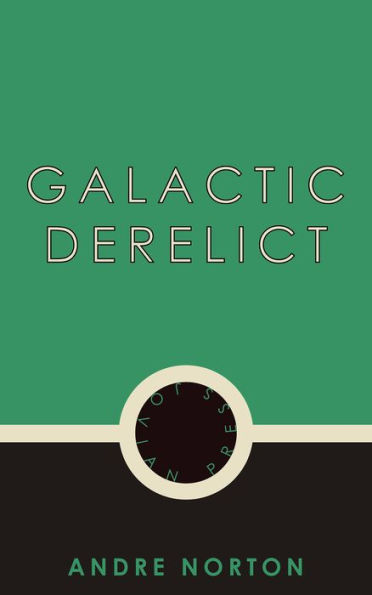
Galactic Derelict by Andre Norton (1959)
Time-travellers’ foray into the past takes an unexpected turn when the alien starship they find in the Stone Age proves all too functional.
Buy the Book


Galactic Derelict
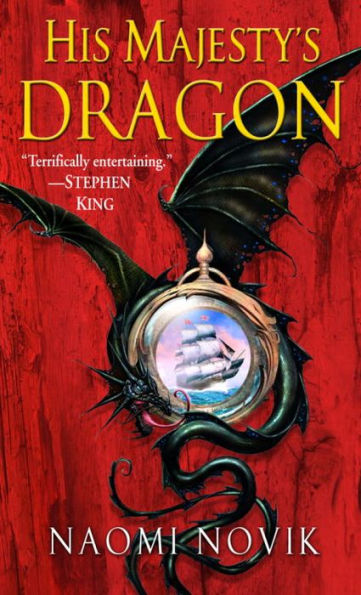
His Majesty’s Dragon by Naomi Novik (2006)
Napoleon is bad enough. Napoleon with a cadre of dragonriders is far worse. By rights, “Wooden Ships, Iron Men, and Also Dragons” should not work at all, let alone how well it does here in Novik’s novel, the first of the Termeraire series.
Buy the Book


His Majesty’s Dragon
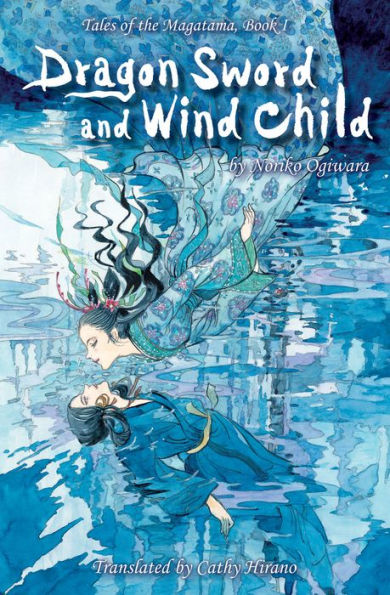
Dragon Sword and Wind Child by Noriko Ogiwara (1993)
A young woman discovers that she is the Water Maiden, a key piece in the war between the gods of the Light, on one hand, and the Dark the gods bitterly oppose. The catch? She is not the first Water Maiden. Not one of the many before her has survived.
Buy the Book


Dragon Sword and Wind Child
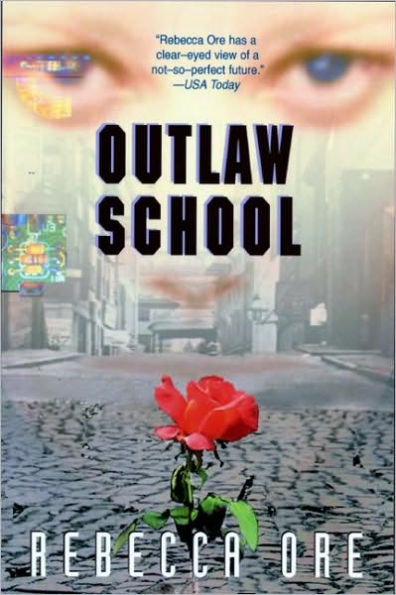
Outlaw School by Rebecca Ore (2000)
A Huxleyan tale about a young woman in a society hellbent on maintaining control at any cost.
Buy the Book


Outlaw School
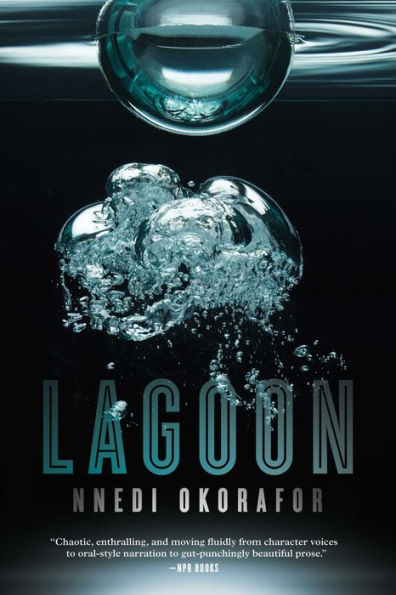
Lagoon by Nnedi Okorafor (2014)
First contact in Lagos; chaos ensues.
Buy the Book


Lagoon
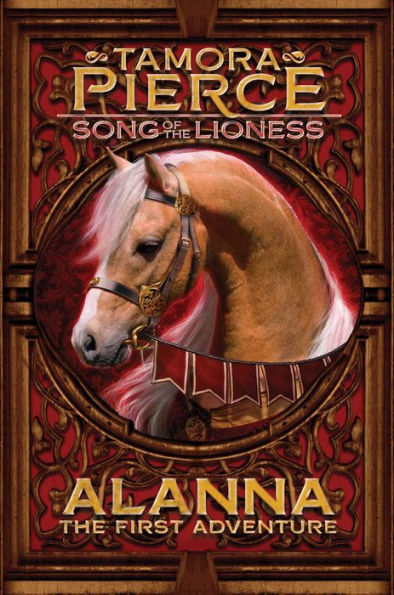
Alanna: The First Adventure by Tamora Pierce (1983)
First in the Song of the Lioness series, this classic fantasy details a young woman’s efforts to become a knight—efforts that fly in the face of her society’s narrowly defined gender roles.
Buy the Book


Alanna: The First Adventure
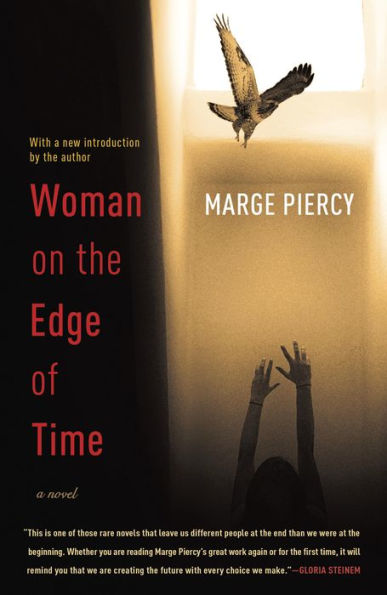
Woman on the Edge of Time by Marge Piercy (1976)
A sterling example of mid-1970s feminist speculative fiction, Woman features protagonist Connie Ramos. Confined in a psychiatric institution by a society more concerned with its own convenience than with justice, Connie’s only hope of escape is her inexplicable connection to a futuristic utopia that may or may not one day exist.
Buy the Book


Woman on the Edge of Time
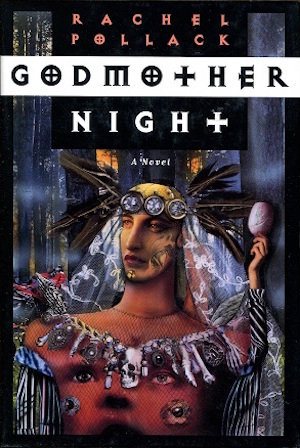
Godmother Night by Rachel Pollack (1996)
A lushly written, character-driven fantasy, this follows the lives of two women in love after they come under the influence of the enigmatic, supernatural Mother Night.
Buy the Book


Godmother Night
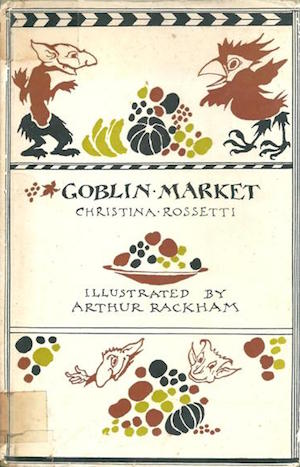
Goblin Market by Christina Rossetti (1859)
This narrative poem tells the story of two sisters: Laura, who fell for the Goblin Market’s delectable temptations, and Lizzie, forced to deal with the aftermath.
Buy the Book


Goblin Market
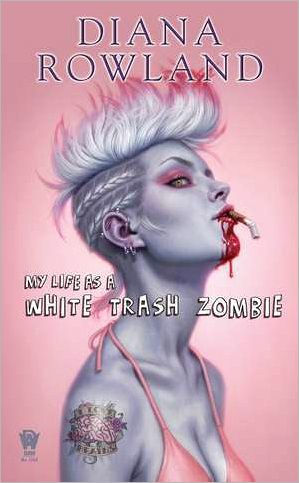
My Life as a White Trash Zombie by Diana Rowland (2011)
For most of us, death is the end. For compulsive loser Angel Crawford, death was merely the end of the first, under-achieving phase of her life. Undeath means a chance to reform, to find a worthy avocation, and to finally get her GED. Plus, of course, consume tasty human brains.
Buy the Book


My Life as a White Trash Zombie
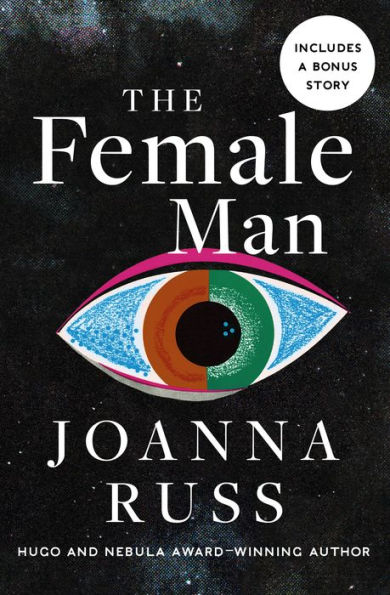
The Female Man by Joanna Russ (1975)
Another classic feminist work of the mid-1970s, this novel follows the interconnected lives of four women from four very different worlds.
Buy the Book


The Female Man
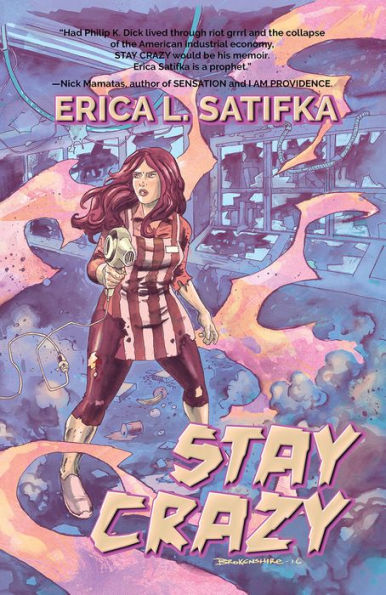
Stay Crazy by Erika L. Satifka (2016)
A psychotic episode ended Em’s academic career. Her job at discount store Savertown, whose deep discounts are rivalled by the employee suicide rate, where eldritch horror is just another department, may end Em’s life.
Buy the Book


Stay Crazy
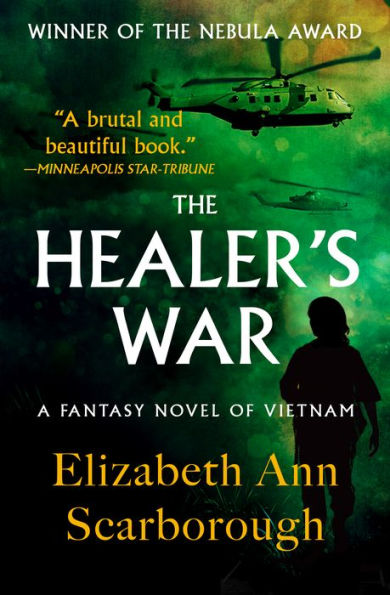
The Healer’s War by Elizabeth Ann Scarborough (1988)
Naïve combat nurse Lieutenant Kitty McCulley’s tour at China Beach begins with the conventional horrors of war. Magic does not make her war less horrible, but it does make it considerably more complicated.
Buy the Book


The Healer’s War
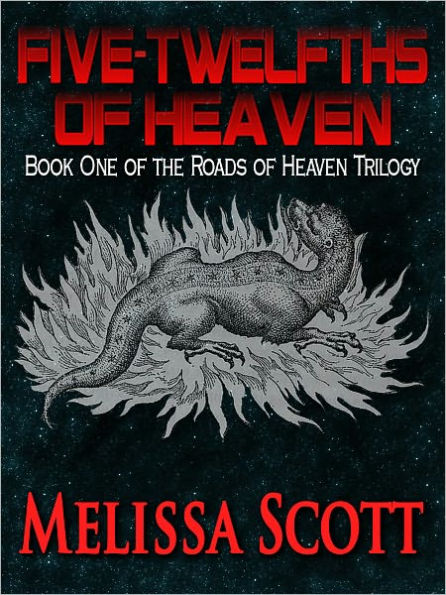
Five-Twelfths of Heaven by Melissa Scott (1985)
In this remarkable science-fantasy novel, starship pilot Silence Leigh’s only hope of evading the Hegemony’s relentlessly patriarchal laws lay in marriage to two complete strangers. Only after marriage does she discover all too late that she has married into the pirate collective Wrath-of-God: freedom fighters according to their members, but terrorists as far as the Hegemony is concerned.
Buy the Book


Five-Twelfths of Heaven
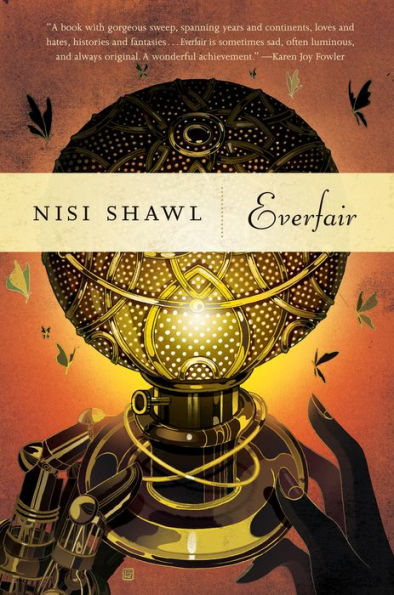
Everfair by Nisi Shawl (2016)
Africans determined to escape Leopold II’s rapacious hunger for wealth at any human cost make a peculiar alliance with African-Americans and a well-meaning Fabian. The history of the Congo is reworked in this steampunk novel.
Buy the Book


Everfair
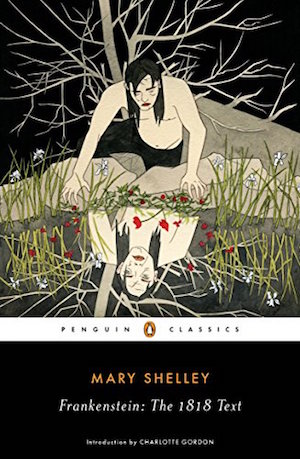
Frankenstein by Mary Shelley (1818)
The work that some argue was the founding work of modern science fiction, this famous tale explores the consequences of Promethean ambition combined with extreme disinterest in taking personal responsibility for one’s creation .
Buy the Book


Frankenstein
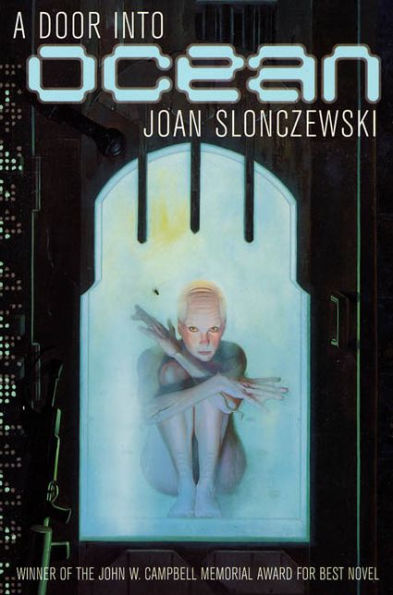
A Door Into Ocean by Joan Slonczewski (1986)
Shora’s Sharers embody non-violence. Valedon’s people are quite comfortable with violence. When Valedon decides to develop (as in subjugate and turn into source of profit) the ocean-moon Shora, the Sharers are faced with a seemingly insoluble problem: how to resist invasion without turning to violence?
Buy the Book


A Door Into Ocean
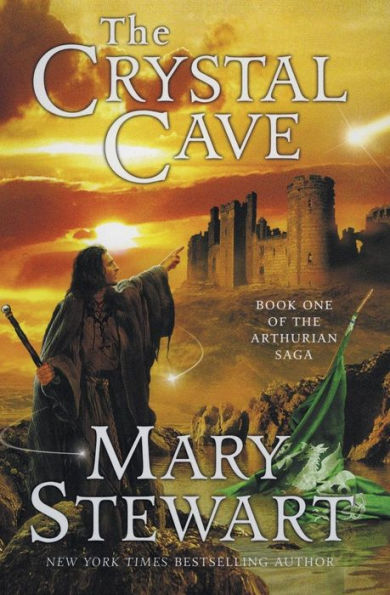
The Crystal Cave by Mary Stewart (1970)
A classic entry in the Matter of Britain. A familiar story is retold from Merlin’s perspective.
Buy the Book


The Crystal Cave
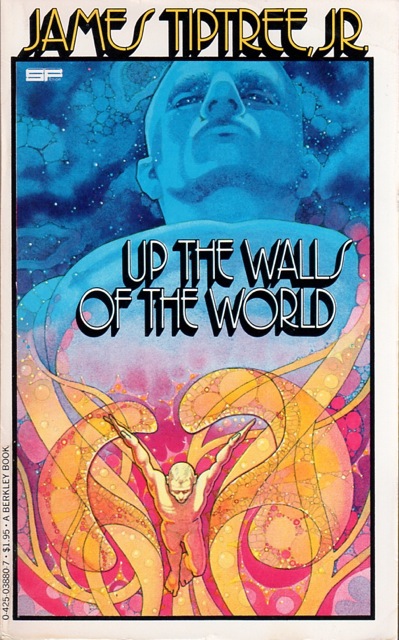
Up the Walls of the World by James Tiptree, Jr. (1978)
Eccentric and possibly fraudulent psychic researchers are confronted with bona fide psychic powers…wielded by aliens. This is an oddly atypical work for Tiptree, in that tragedy becomes eucatastrophe.
Buy the Book


Up the Walls of the World
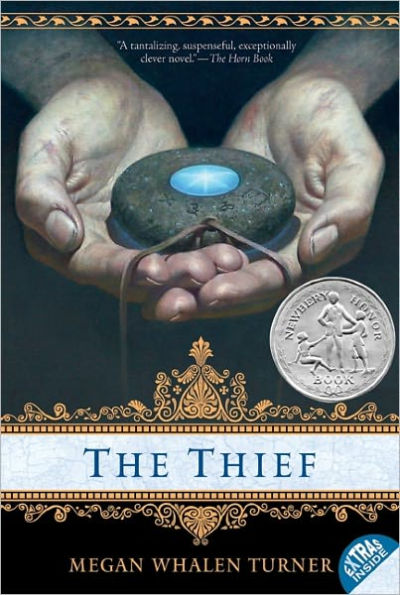
The Thief by Megan Whalen Turner (1996)
A second-story man finds himself recruited by a magus for a simple job: steal Hamiathe’s Gift from a distant, well-guarded maze. It is not at all clear how this is to be done.
Buy the Book


The Thief
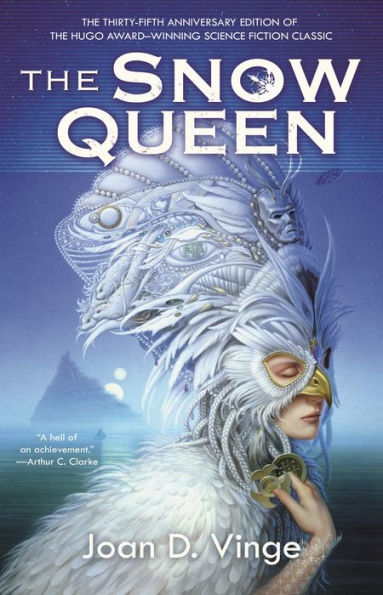
The Snow Queen by Joan D. Vinge (1980)
A space operatic retelling of the classic Hans Christian Anderson story, this Hugo-winning novel spins the tale of a monarch bold who sets out to free her world from galactic domination. She does not realize that she is not the actual protagonist of the story; that would be one of her expendable pawns.
Buy the Book


The Snow Queen
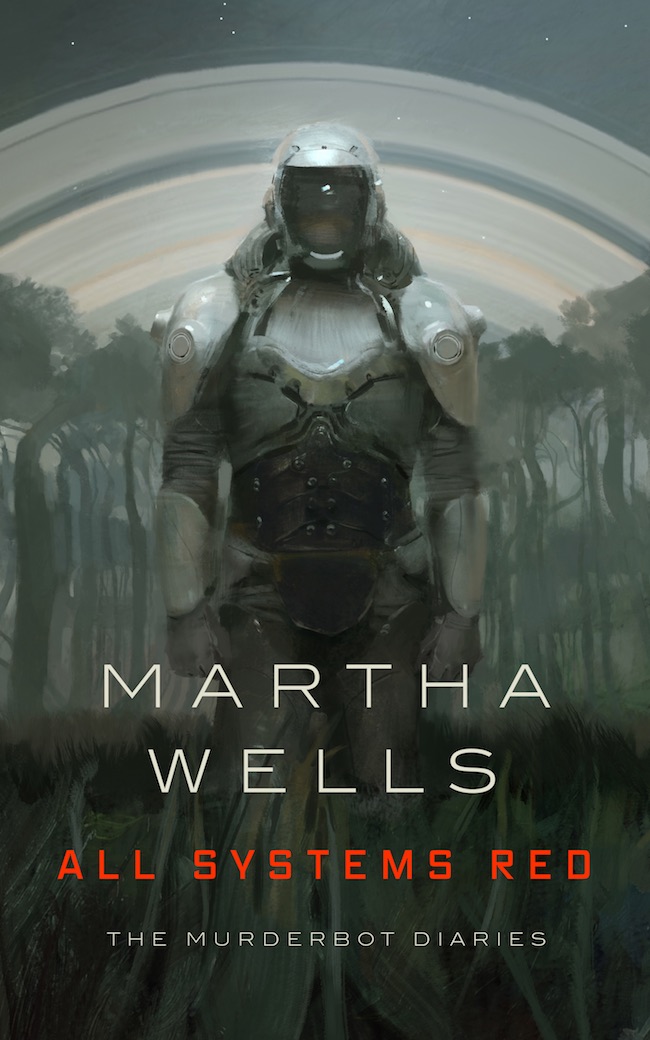
All Systems Red by Martha Wells (2017)
Murderbot’s desires are few: for humans to fail to realize that it has hacked itself into freedom and for spare time in which to watch soap operas. Alas, the humans in its charge keep wandering into peril.
Buy the Book


All Systems Red
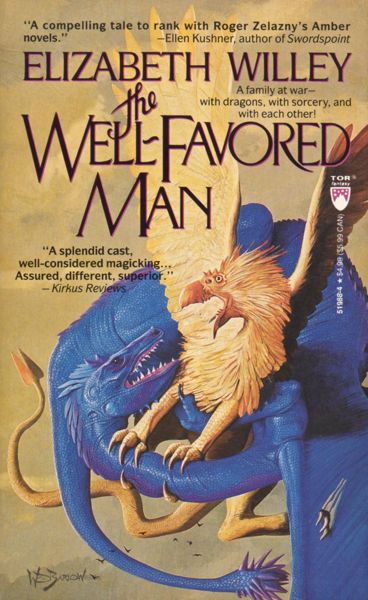
The Well-Favored Man by Elizabeth Willey (1993)
A reluctant lord and his difficult family struggle with magical challenges in this sadly out-of-print fantasy of manners. The book was called Zelazny-esque by some, but I would contend that Willey’s voice and vision are all her own.
Buy the Book


The Well-Favored Man
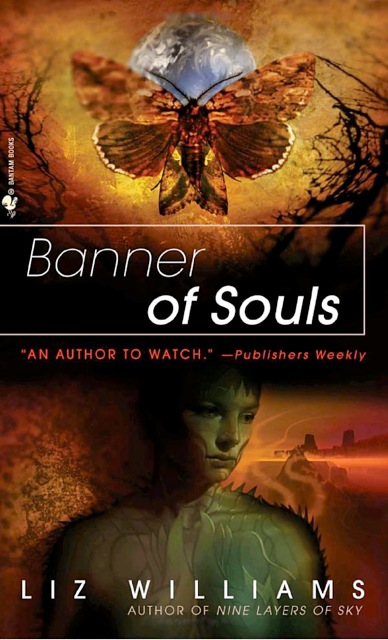
Banner of Souls by Liz Williams (2004)
A Martian warrior clad in living armour is dispatched to ancient, flooded Earth in a desperate quest to put off the final payment due to dark witches. A Gothic space opera set in the distant future.
Buy the Book


Banner of Souls
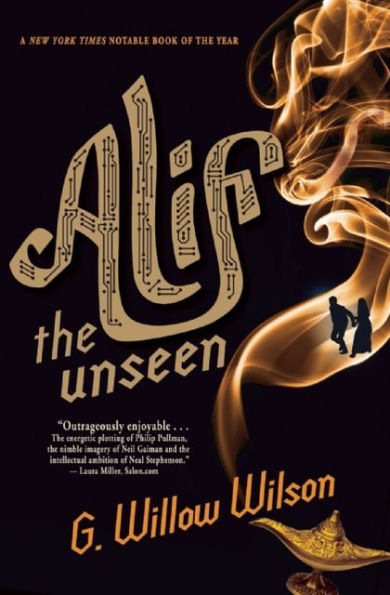
Alif the Unseen by G. Willow Wilson (2012)
An ambitious hacker resolves to combine the powers of computers and djinn. What could possibly go wrong?
Buy the Book


Alif the Unseen
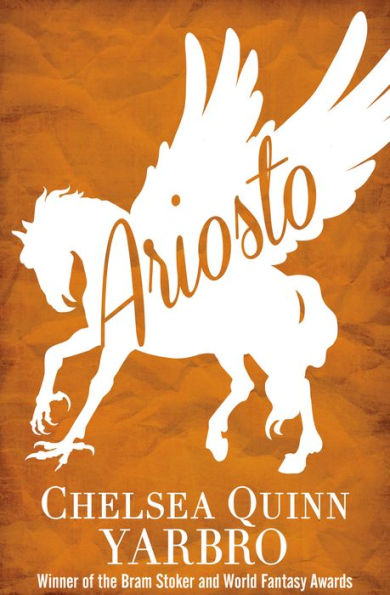
Ariosto by Chelsea Quinn Yarbro (1980)
Ludovico Ariosto is a hardworking poet, eager to please his Medici patrons in an Italy unified centuries ahead of schedule. He turns to fantasy as a distraction from the grim realities of Italian federal politics. A luscious, ornate alternate history.
Buy the Book


Ariosto
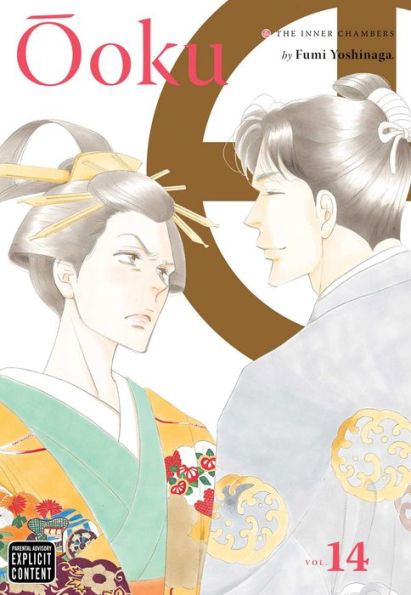
Ooku by Fumi Yoshinaga (2005-present)
The Red Pox has killed nearly every man in Japan, while leaving the women untouched. Women have assumed the roles that were once the monopoly of men. Too precious to waste on the battlefield, men are hoarded and protected. The most handsome are reserved for Shogun’s own harem.
Buy the Book


Ooku
Originally published in December 2018.
In the words of Wikipedia editor TexasAndroid, prolific book reviewer and perennial Darwin Award nominee James Davis Nicoll is of “questionable notability.” His work has appeared in Publishers Weekly and Romantic Times as well as on his own websites, James Nicoll Reviews and Young People Read Old SFF (where he is assisted by editor Karen Lofstrom and web person Adrienne L. Travis). He is surprisingly flammable.


